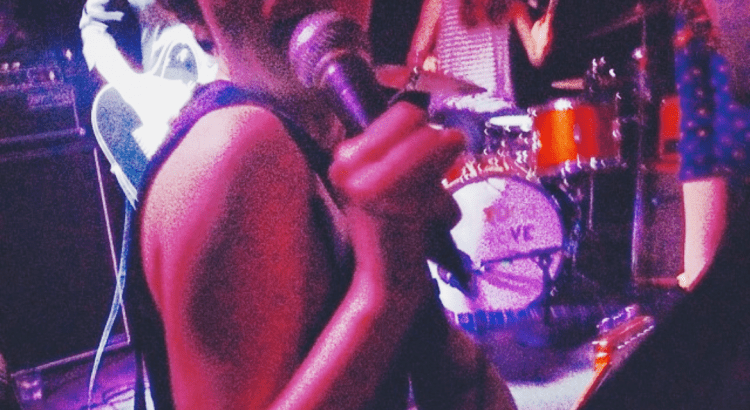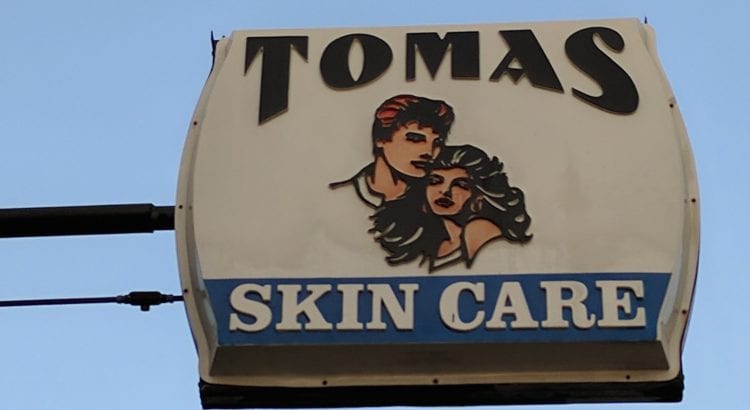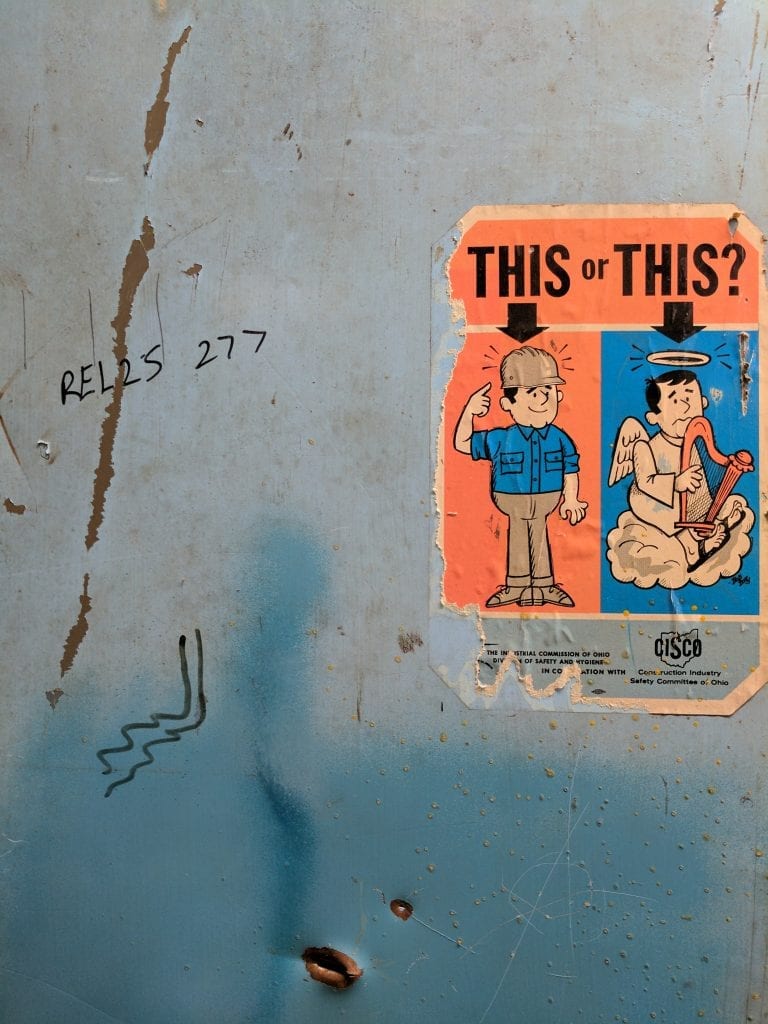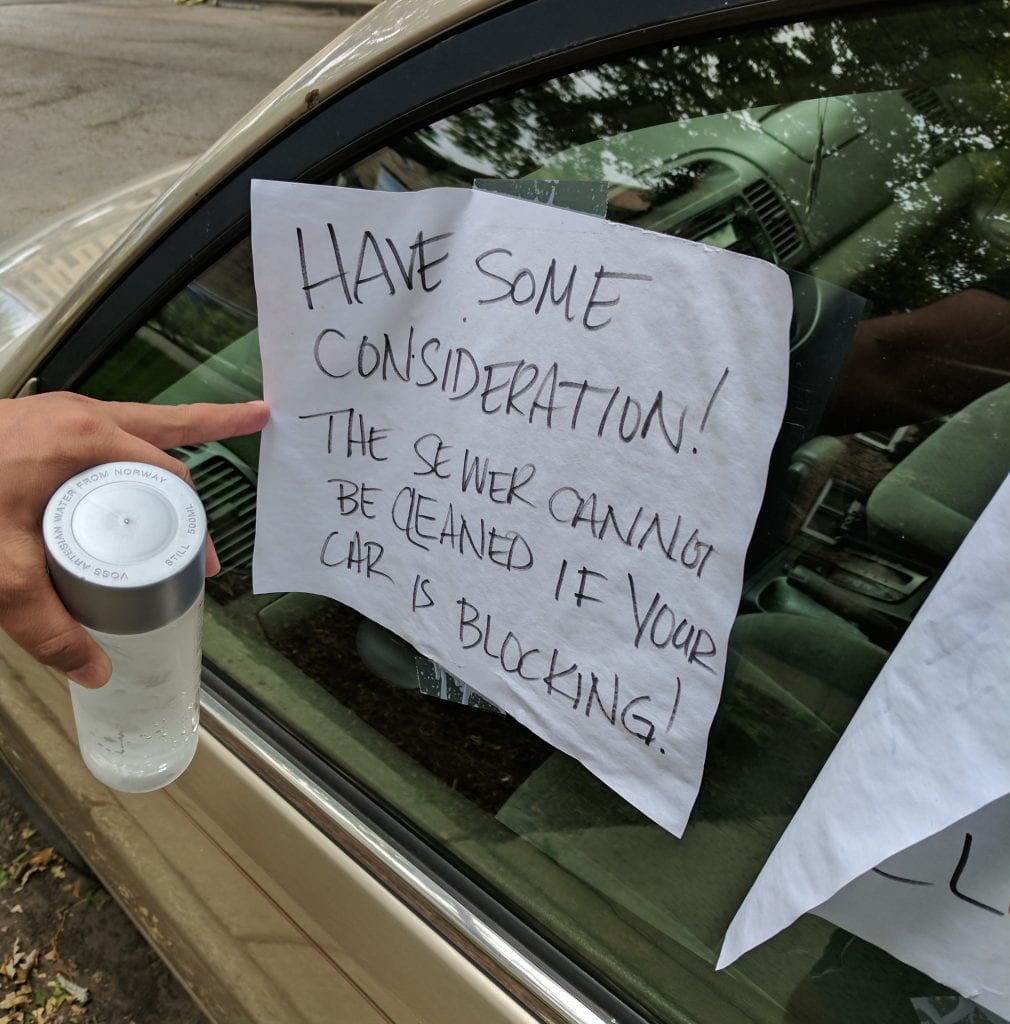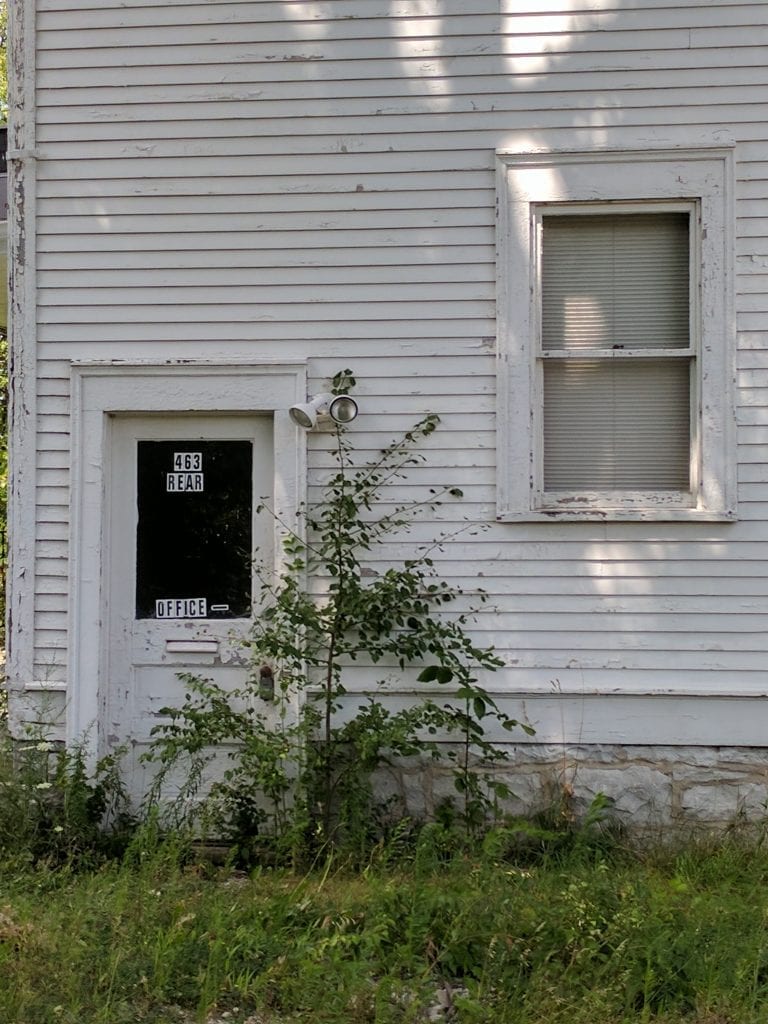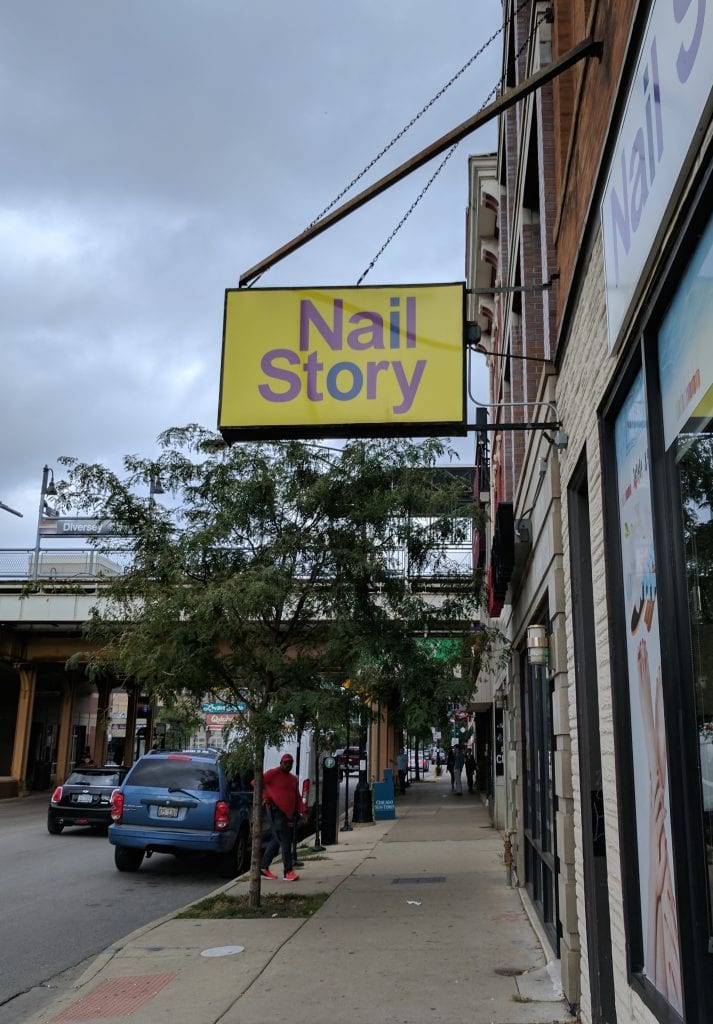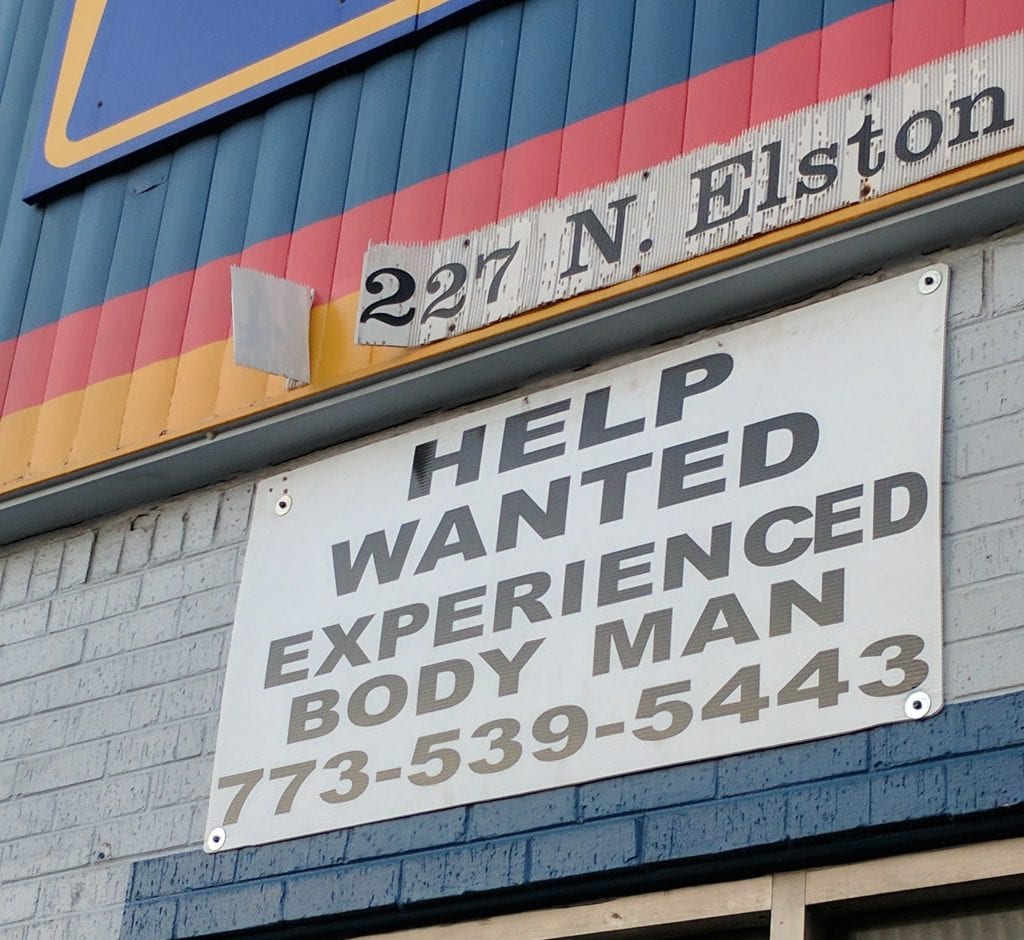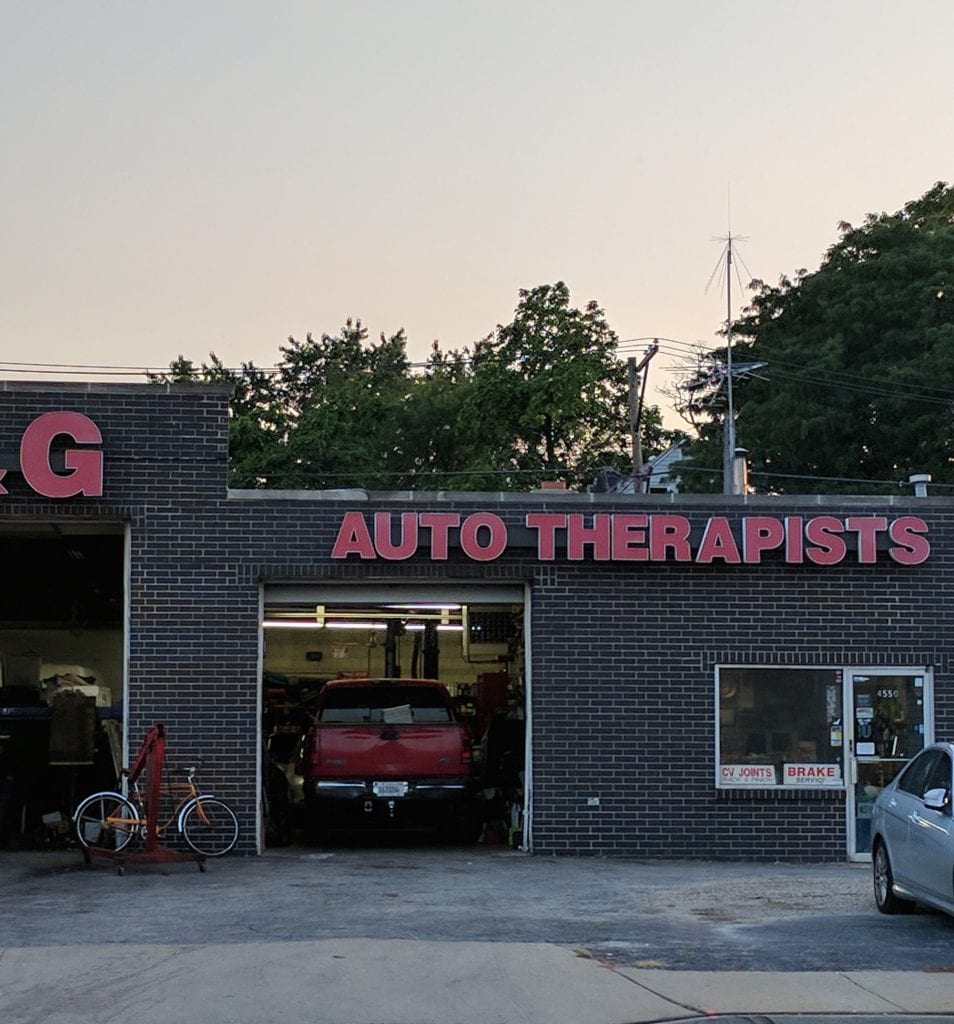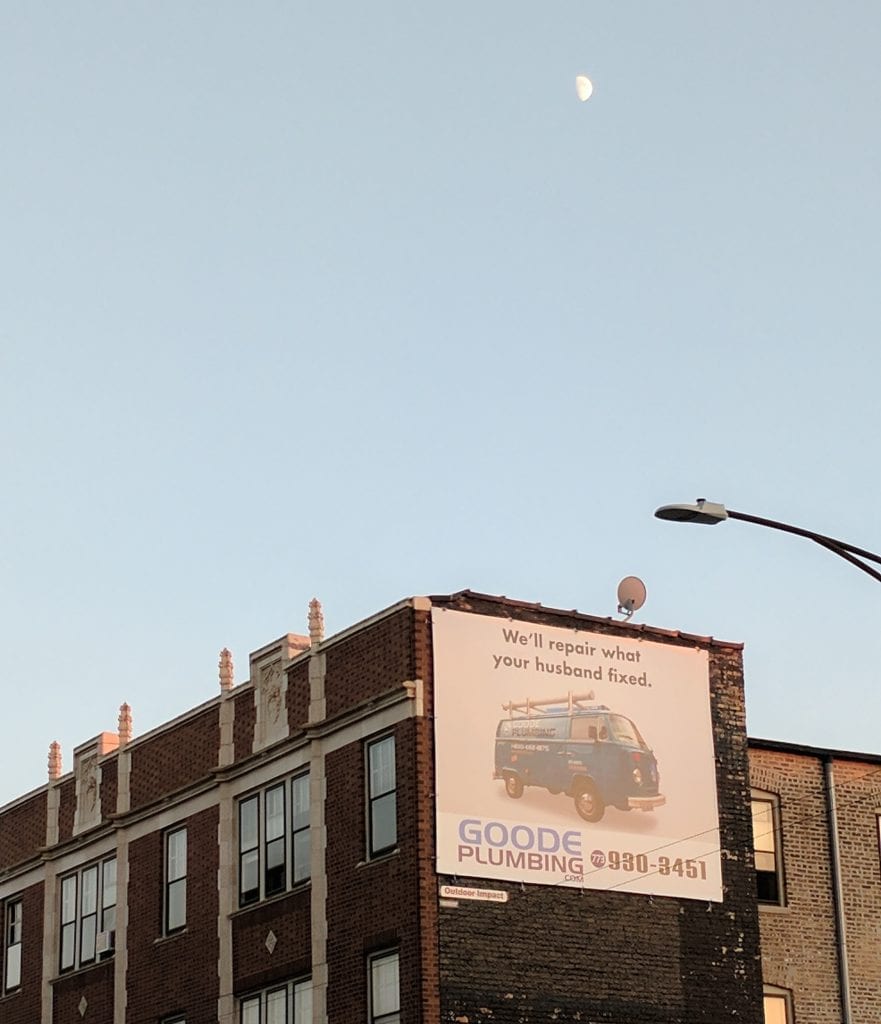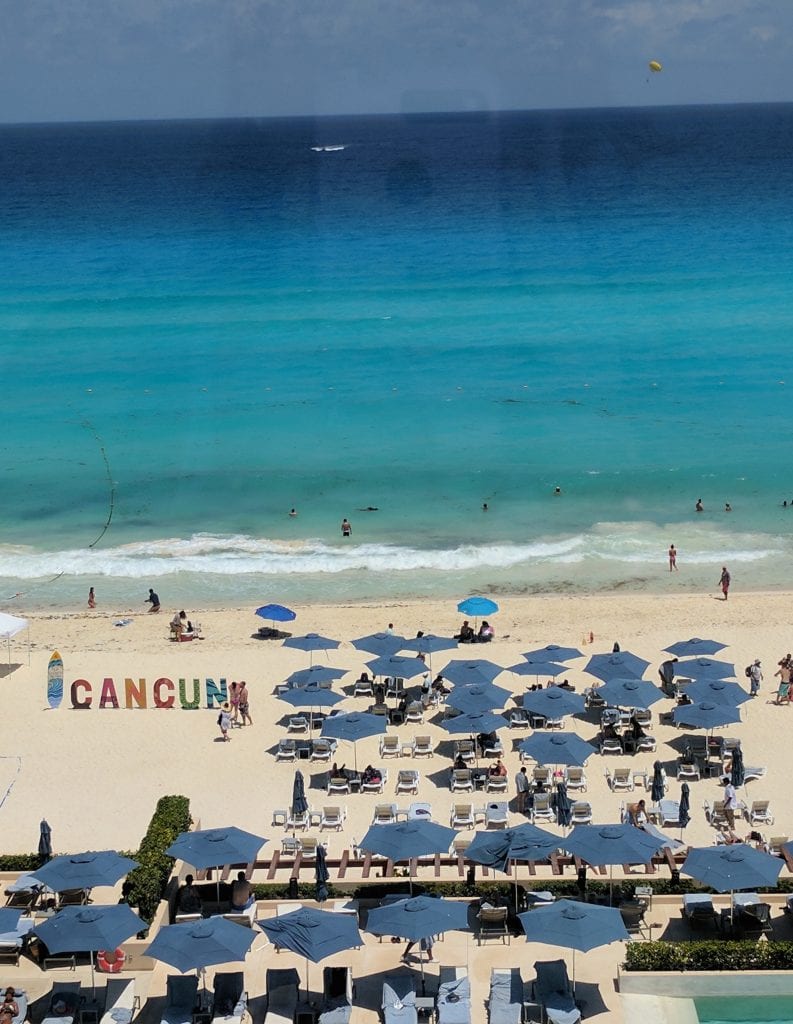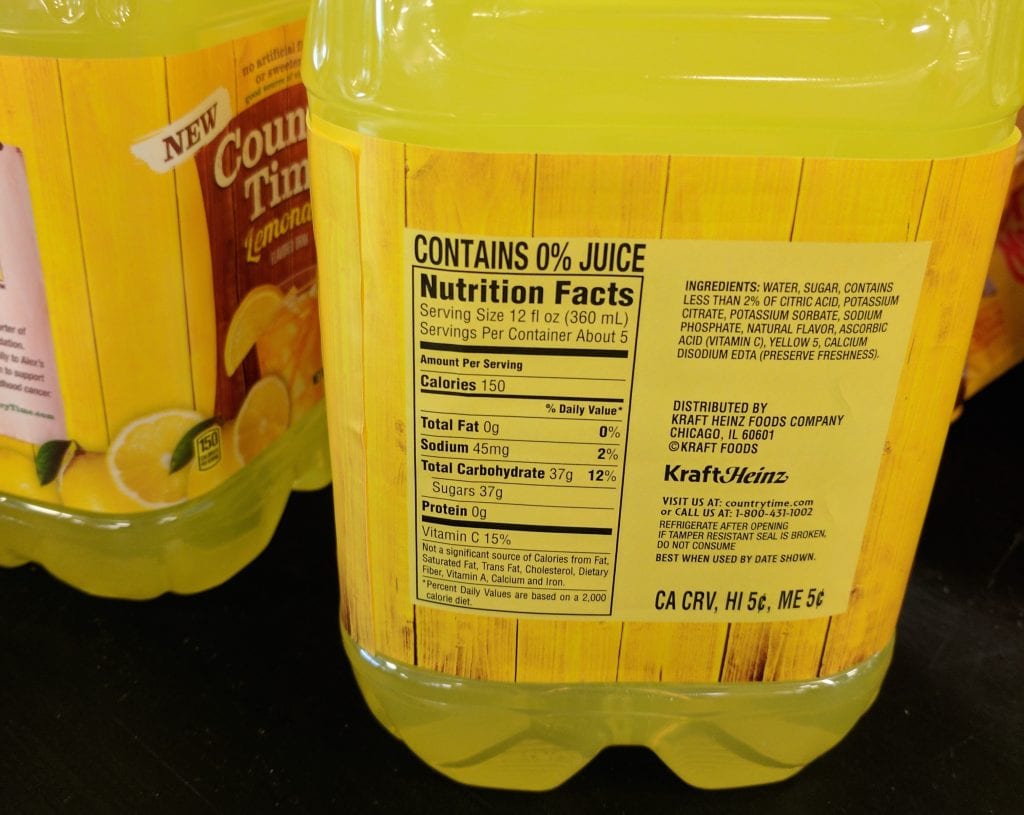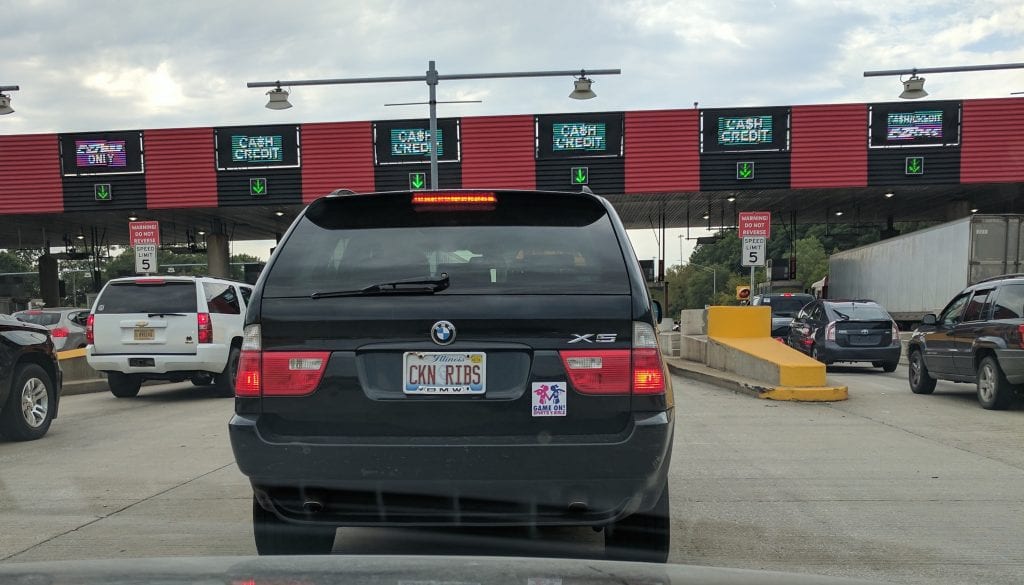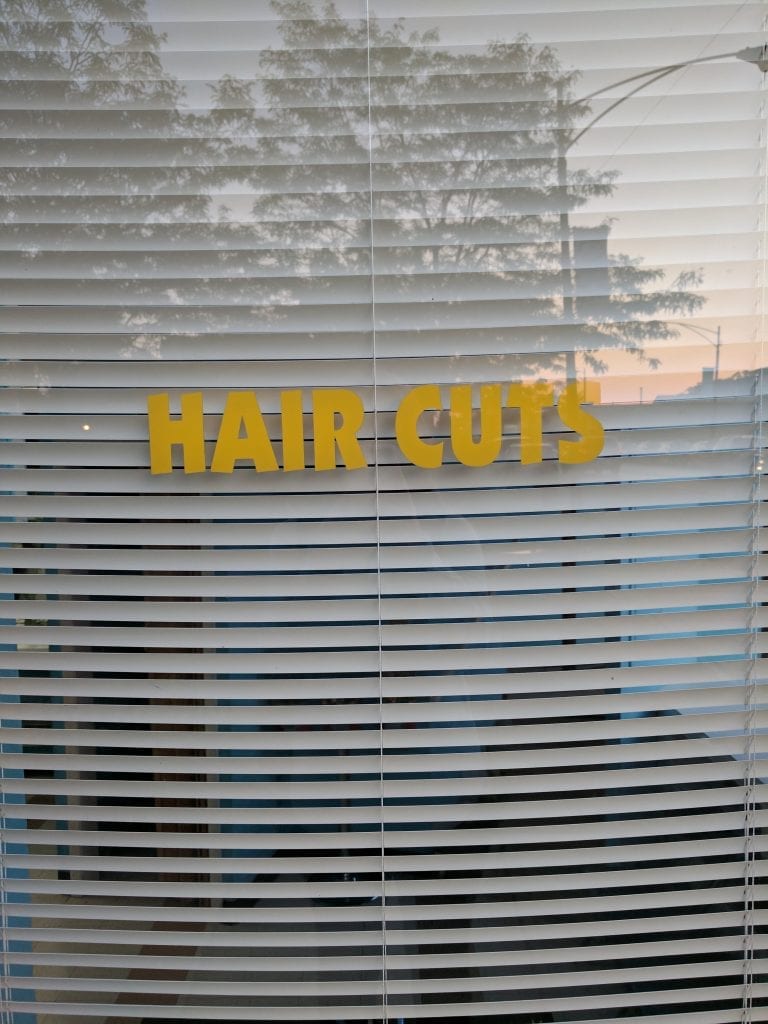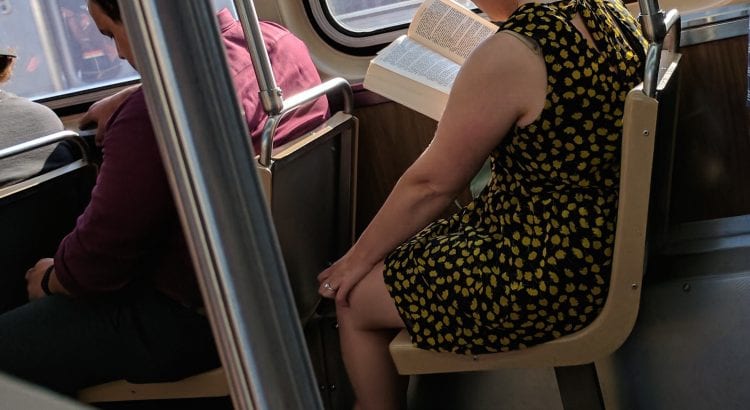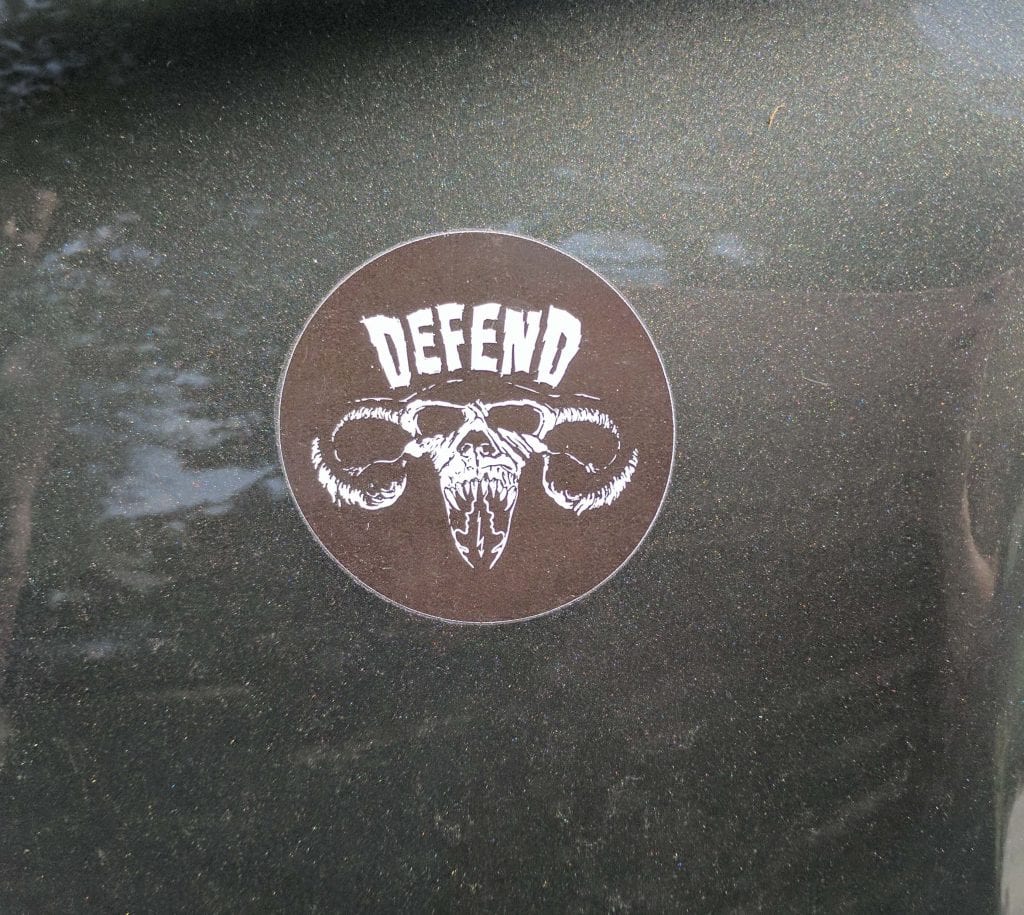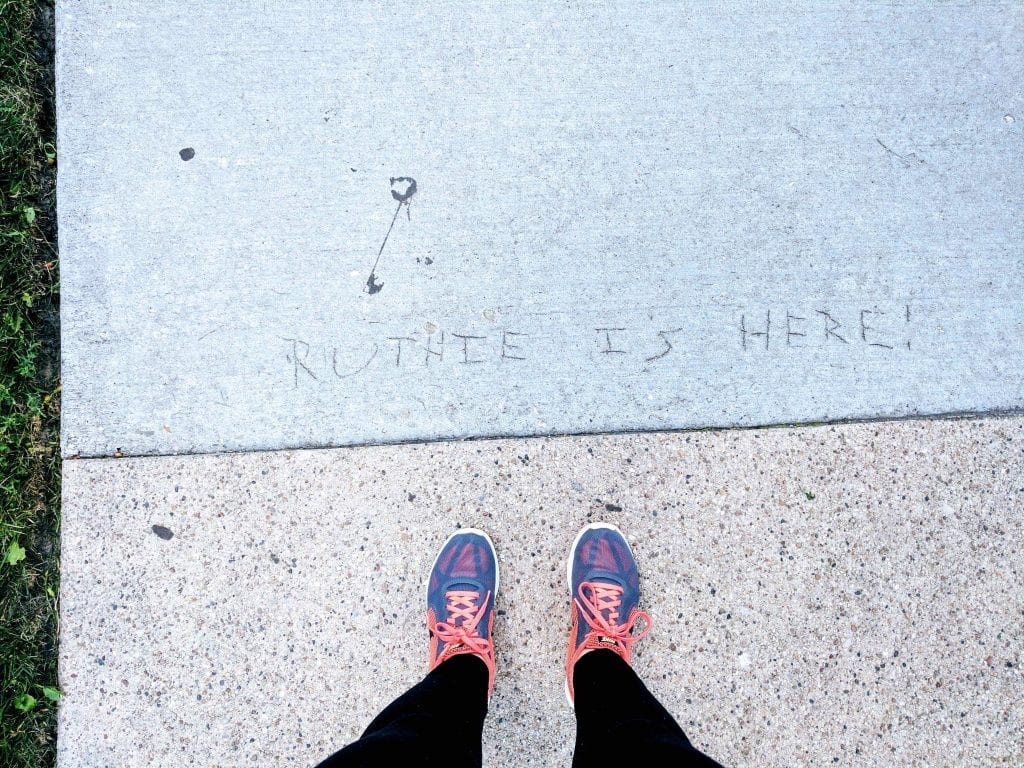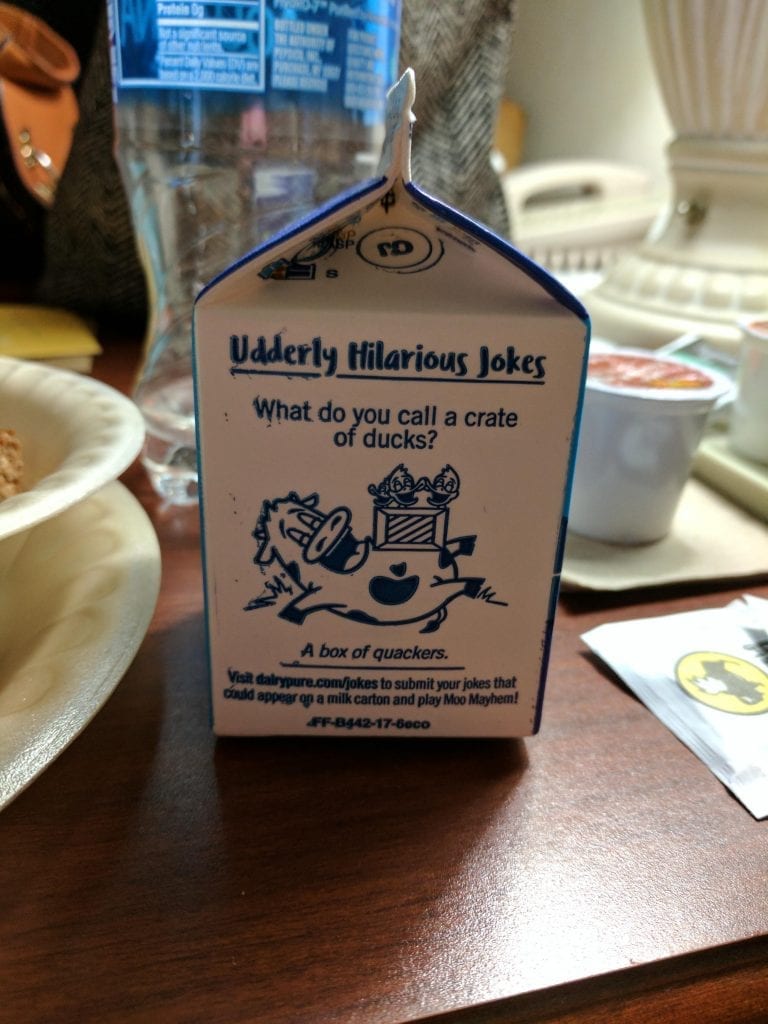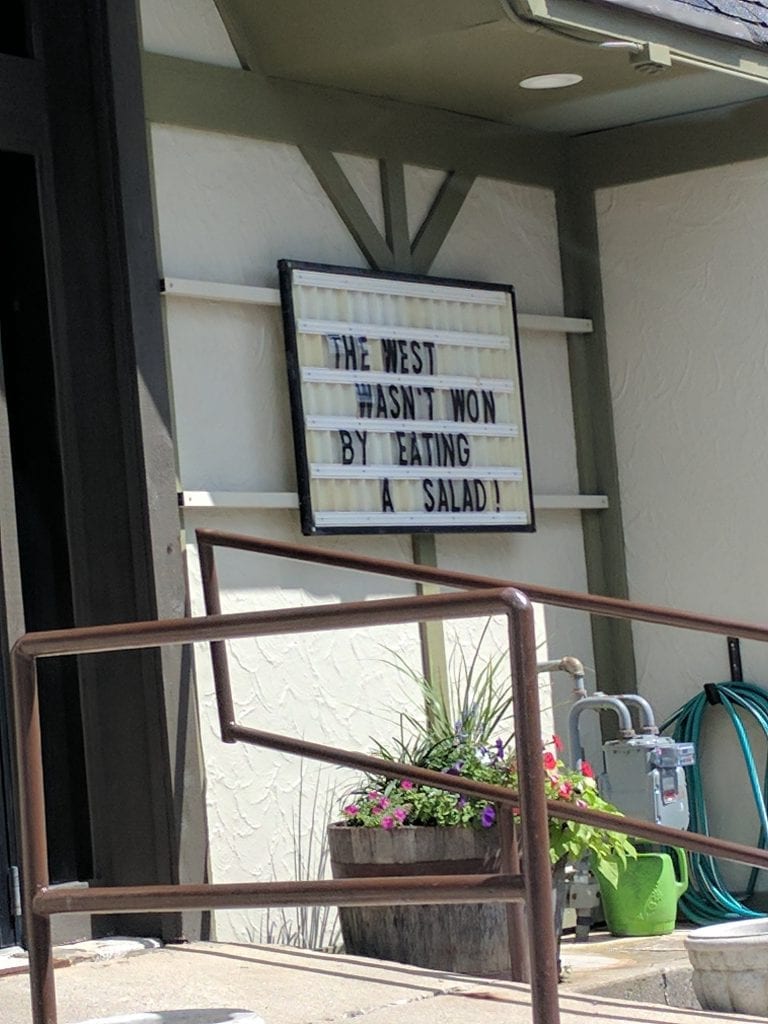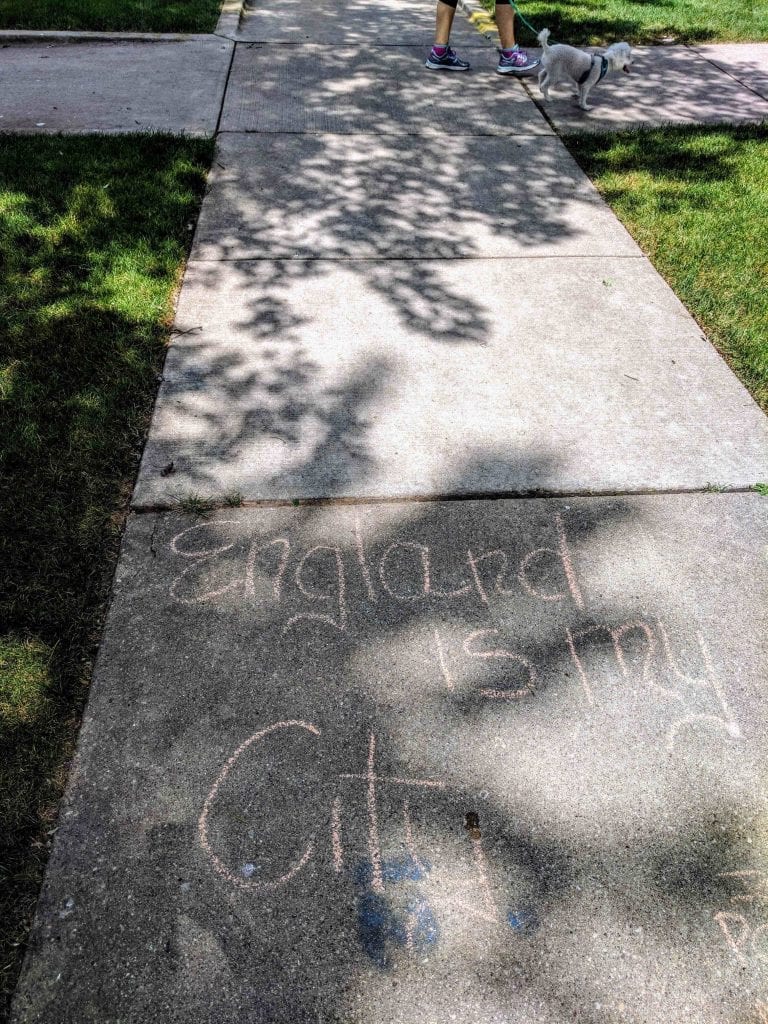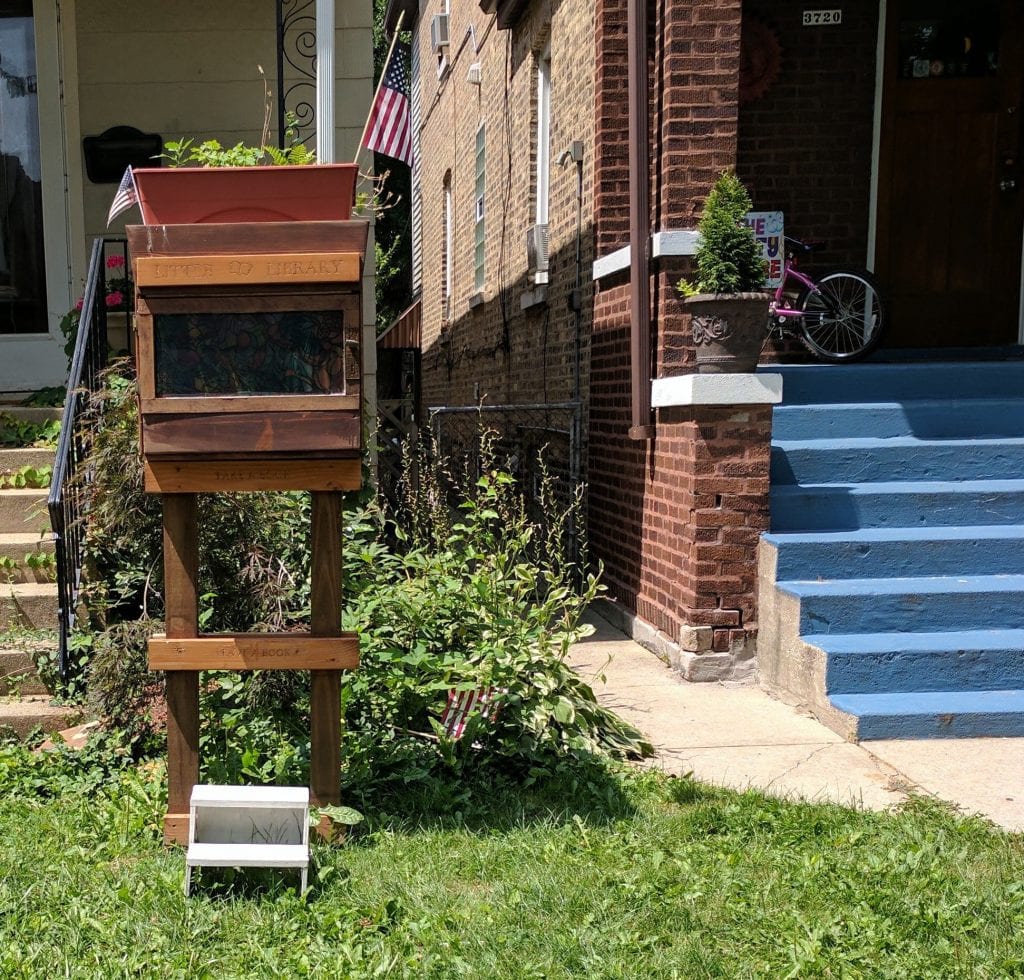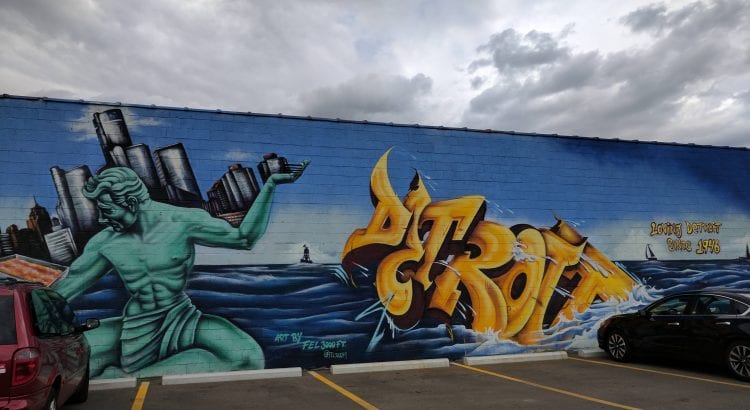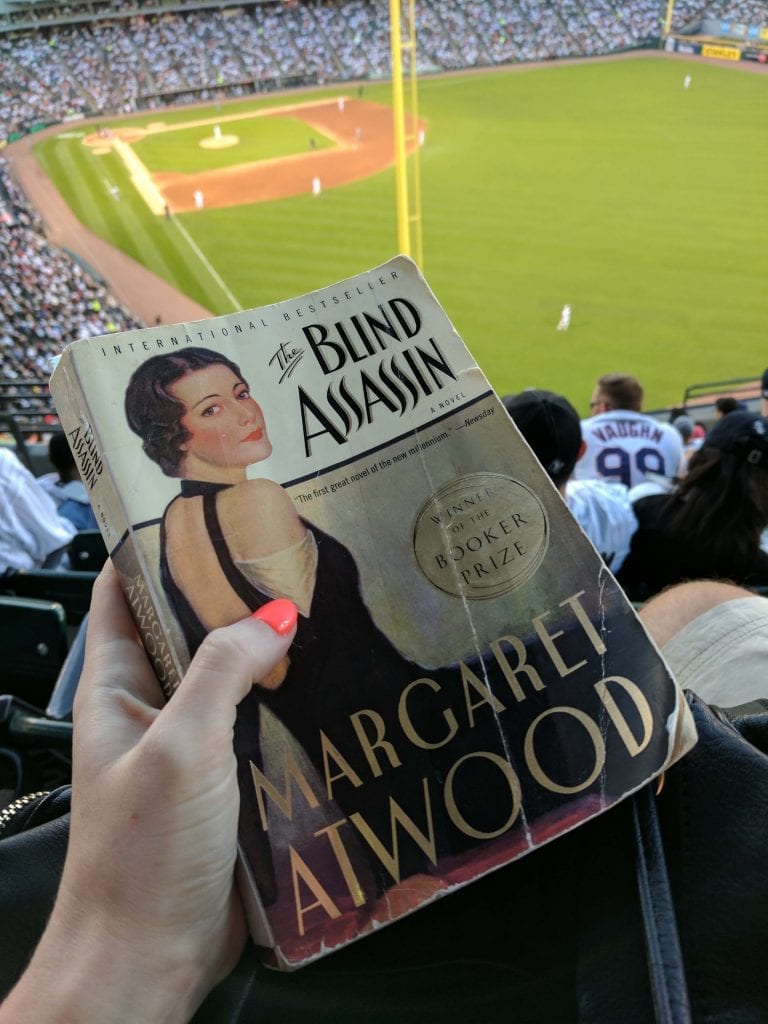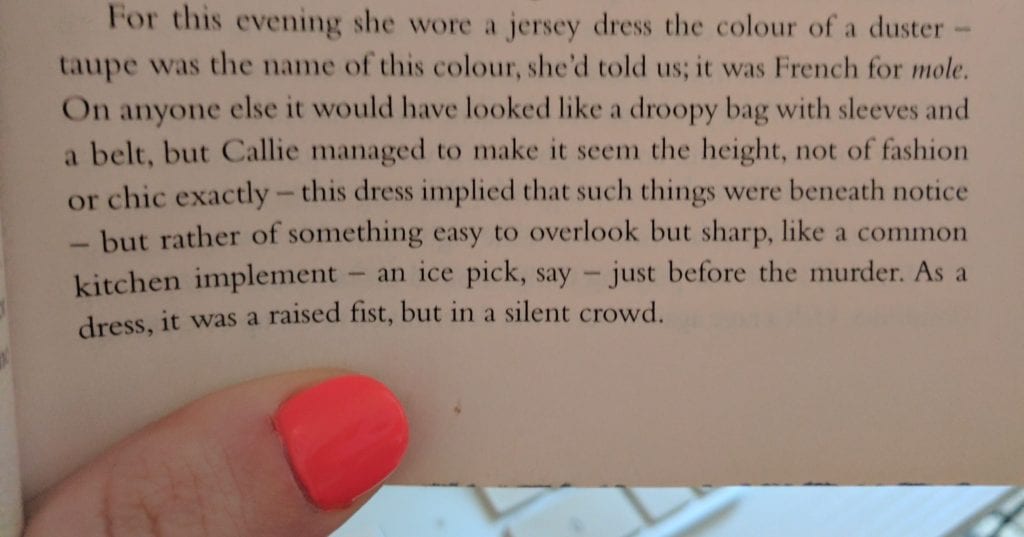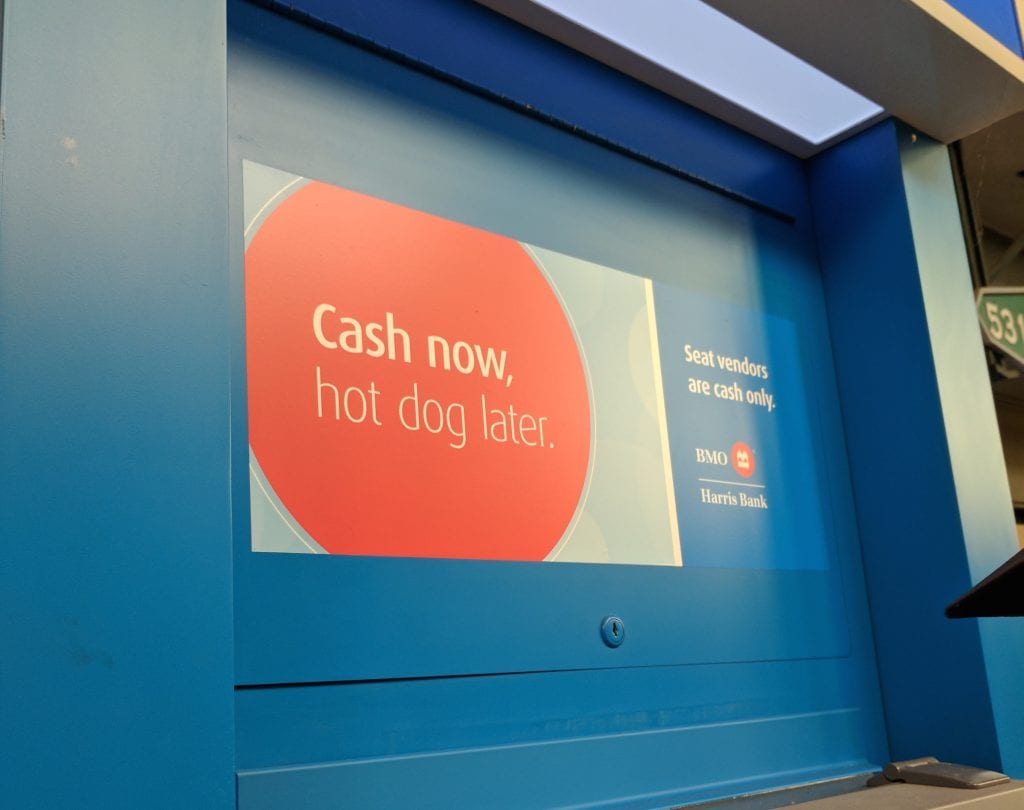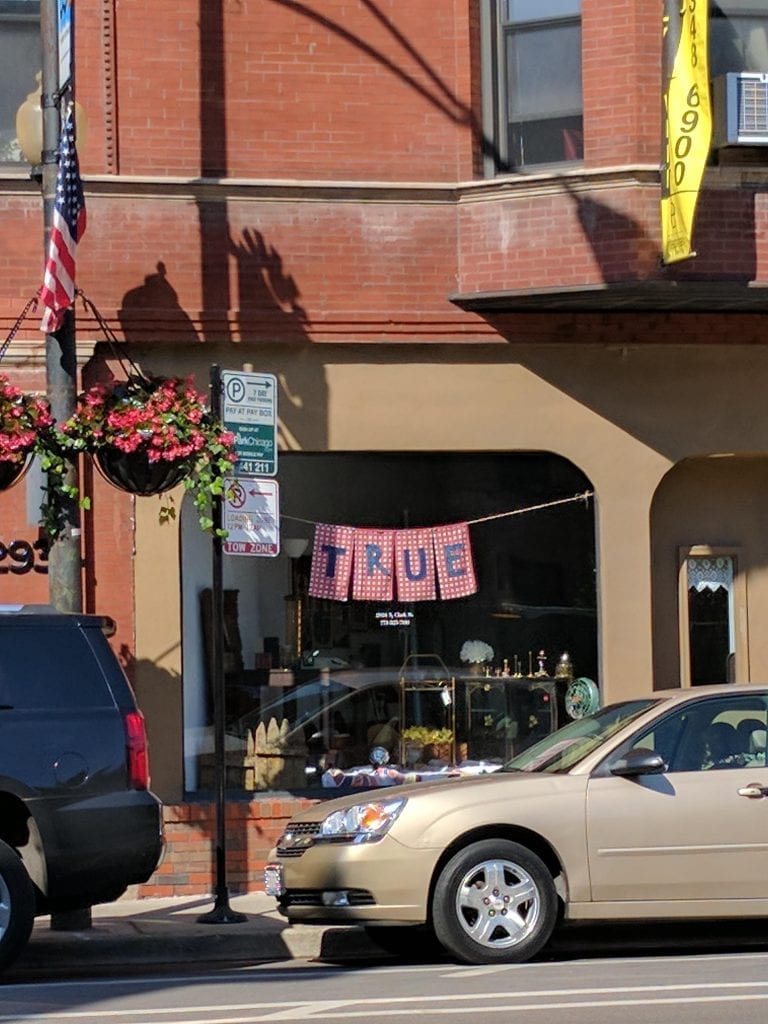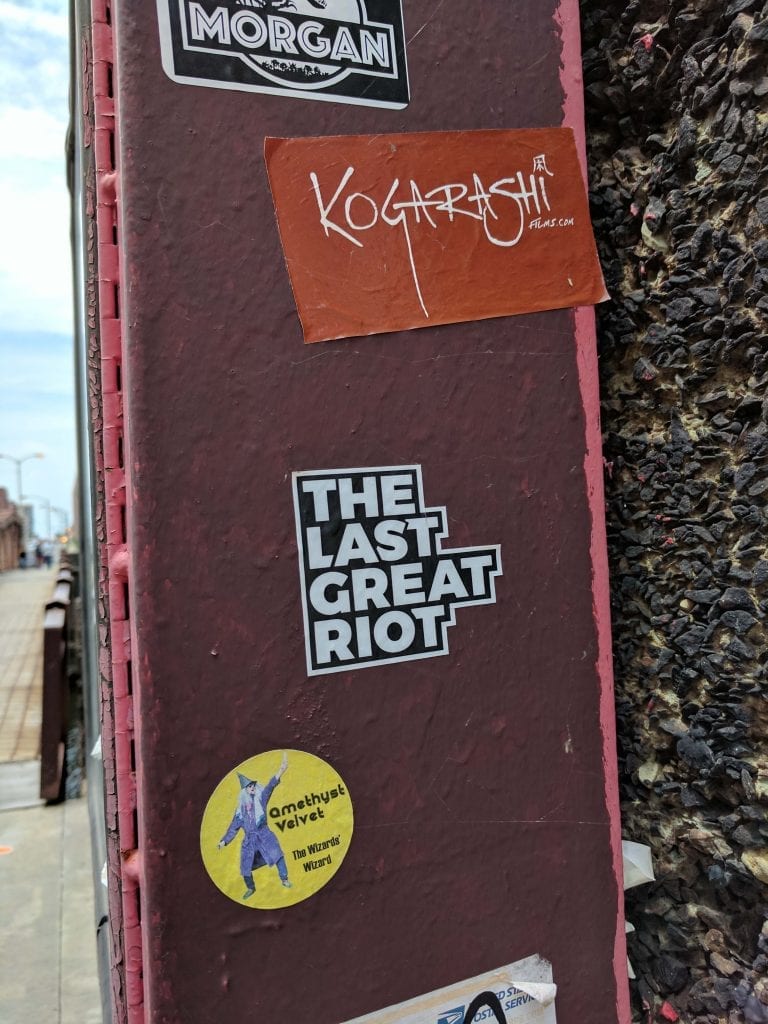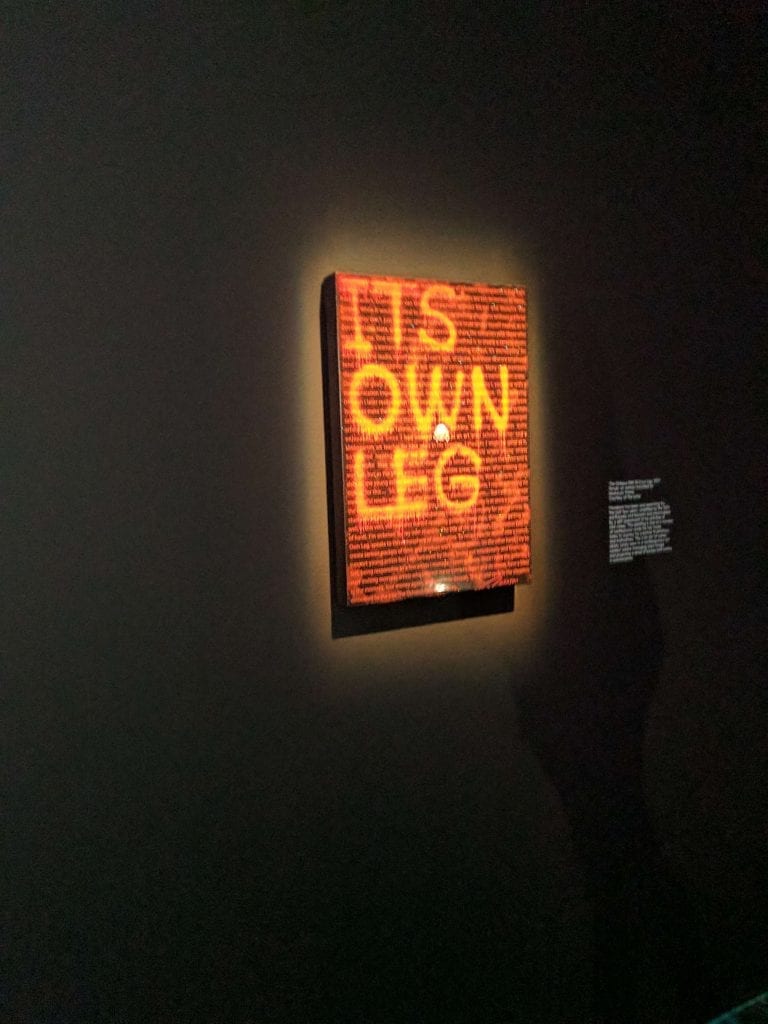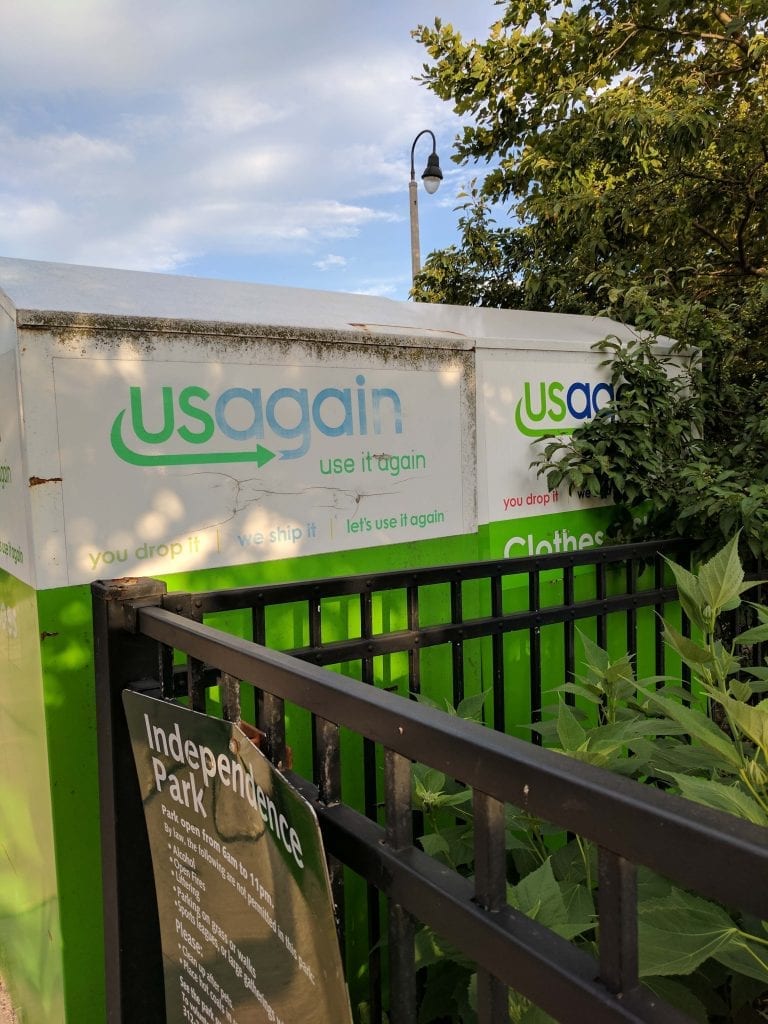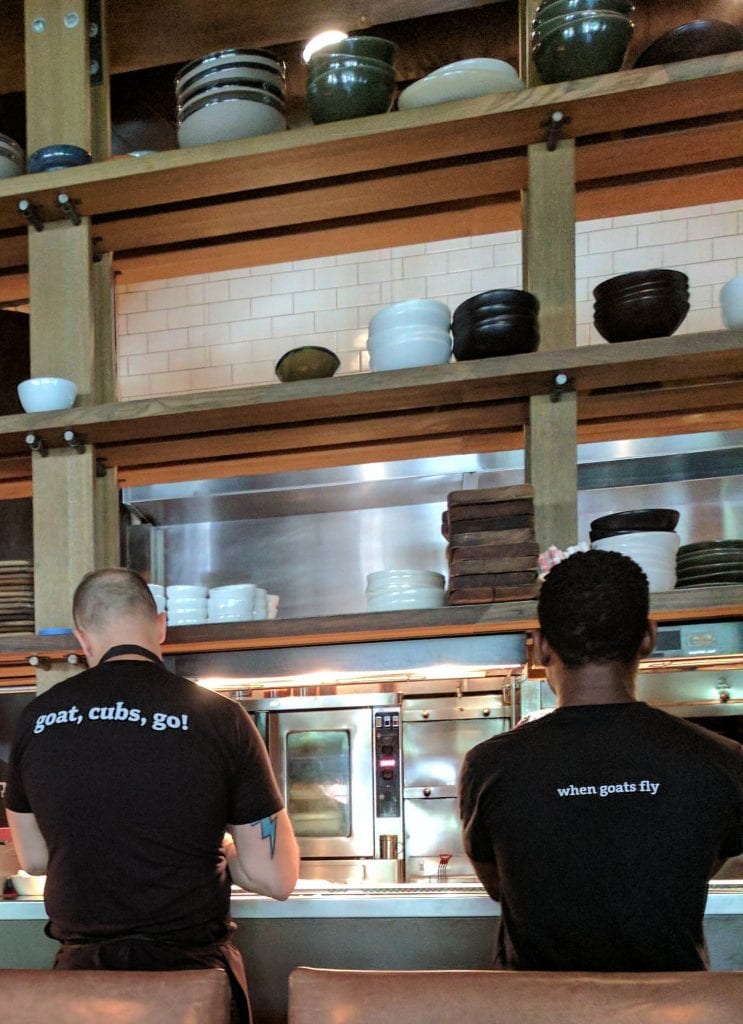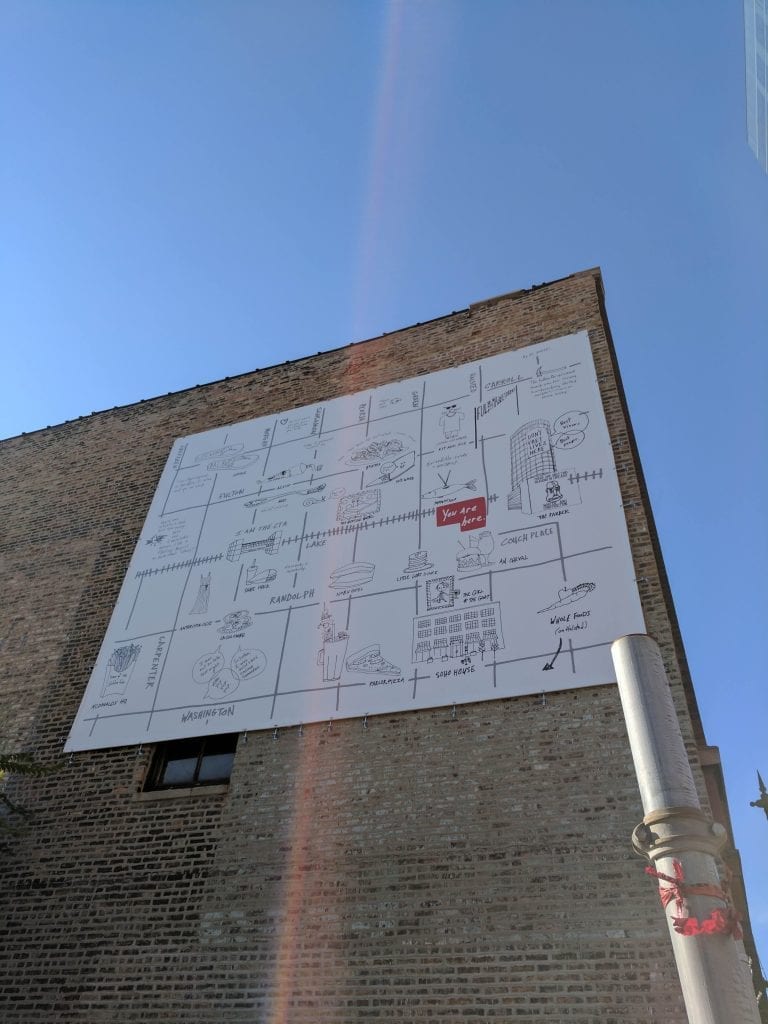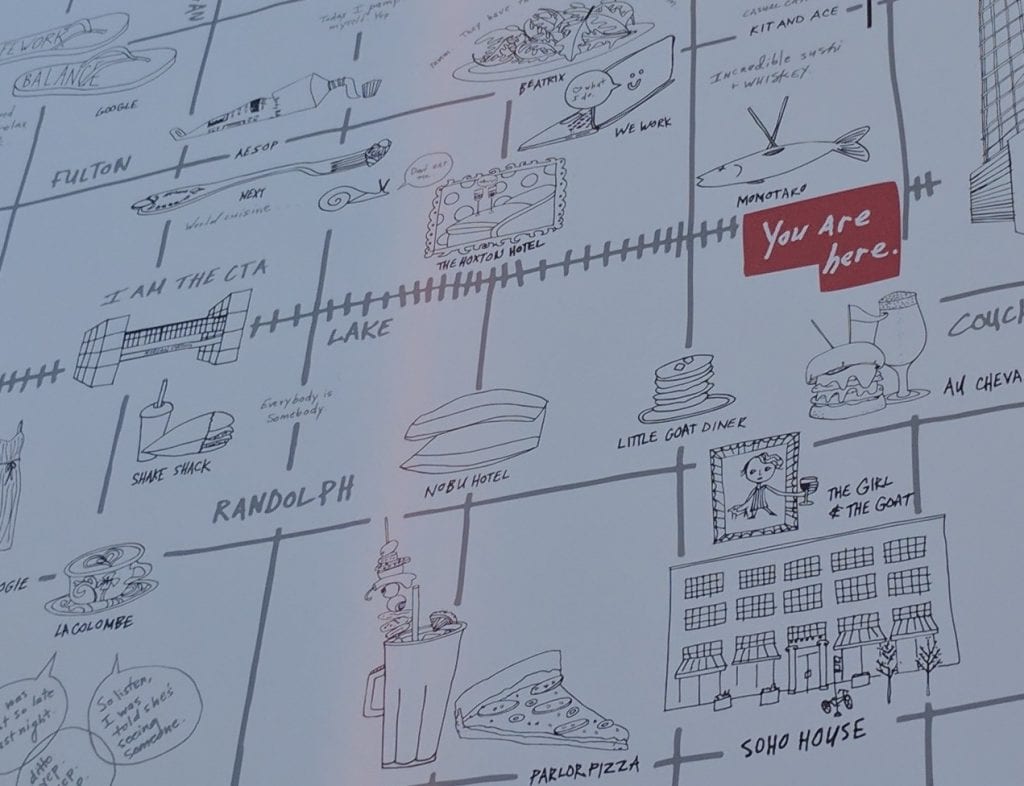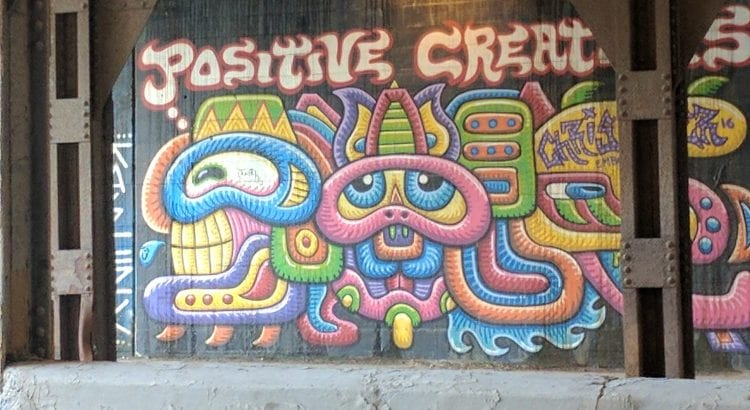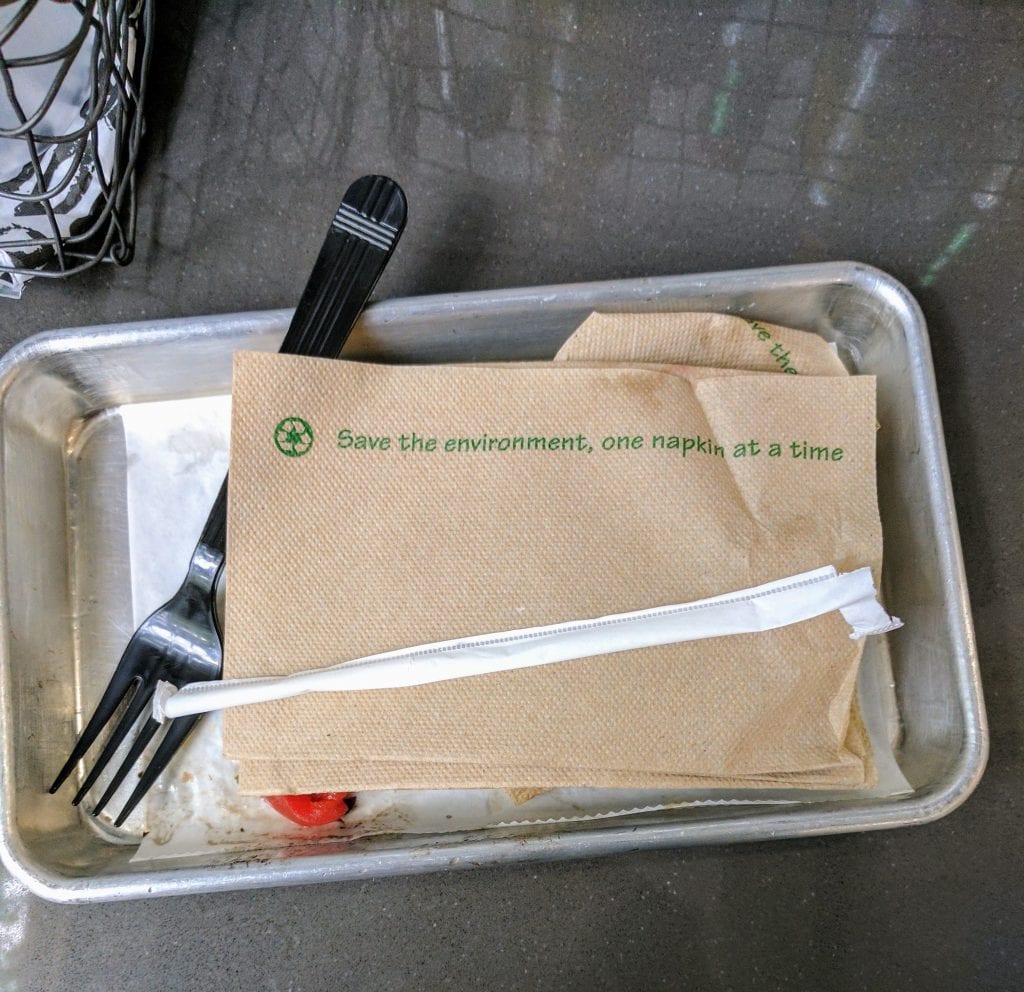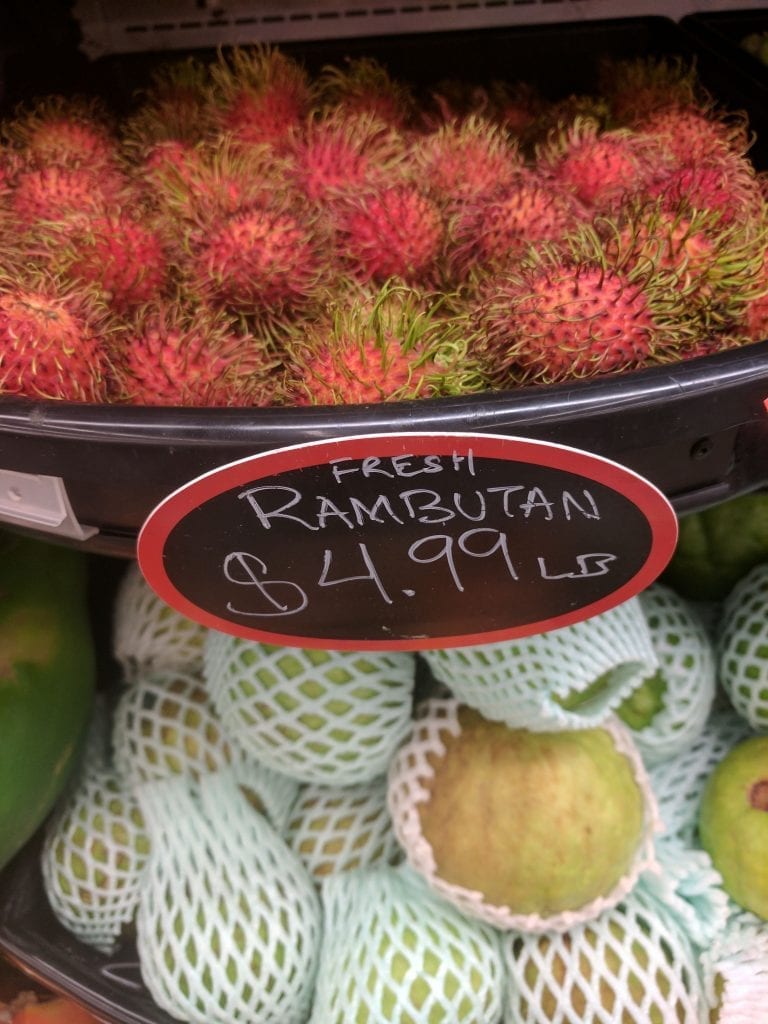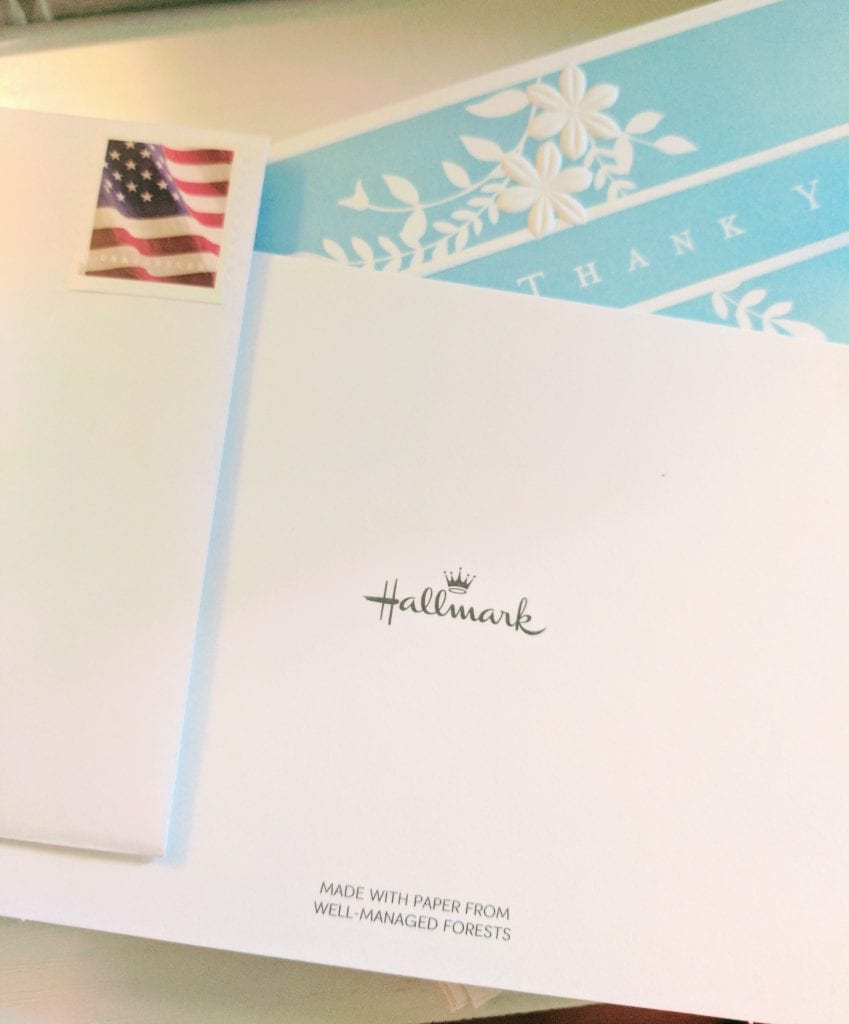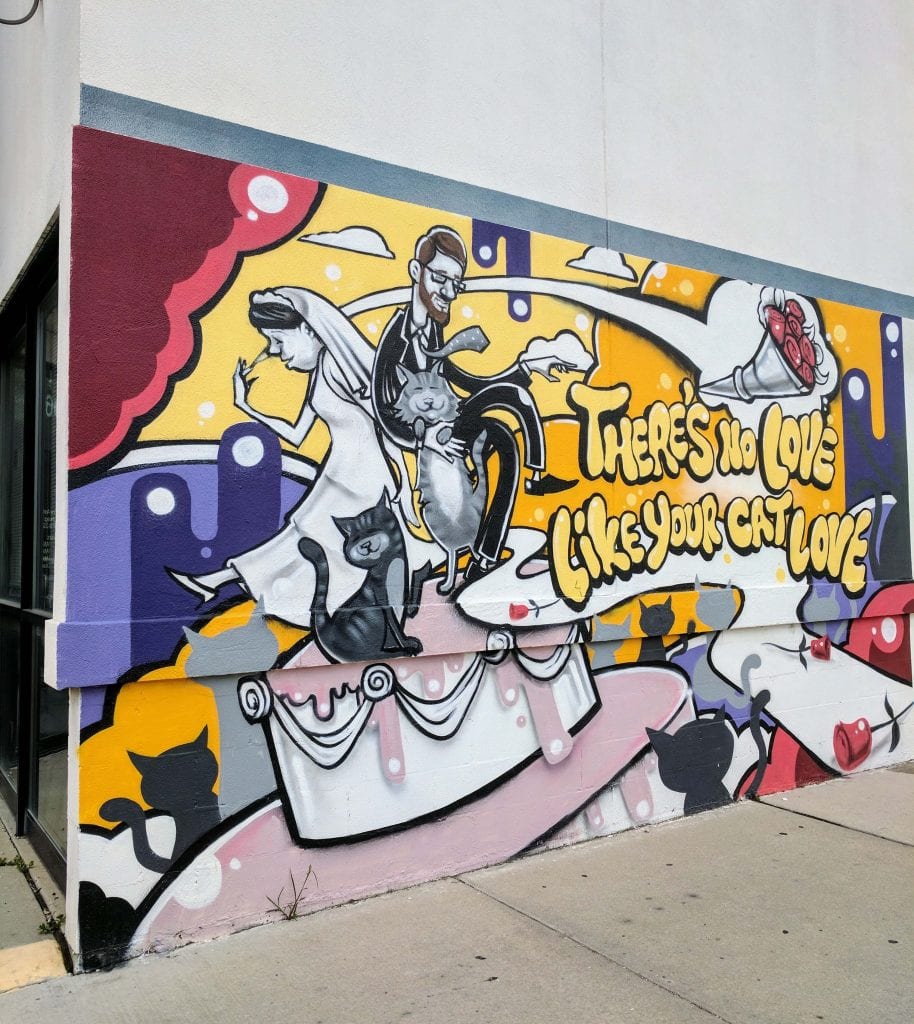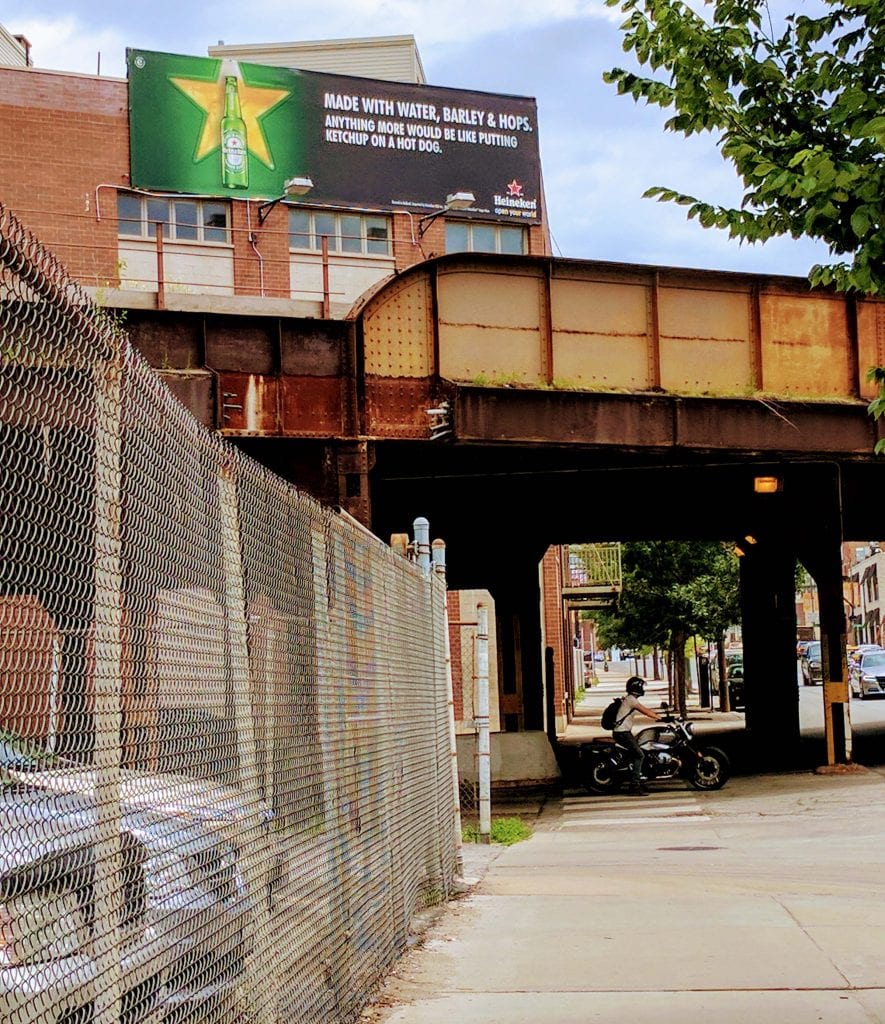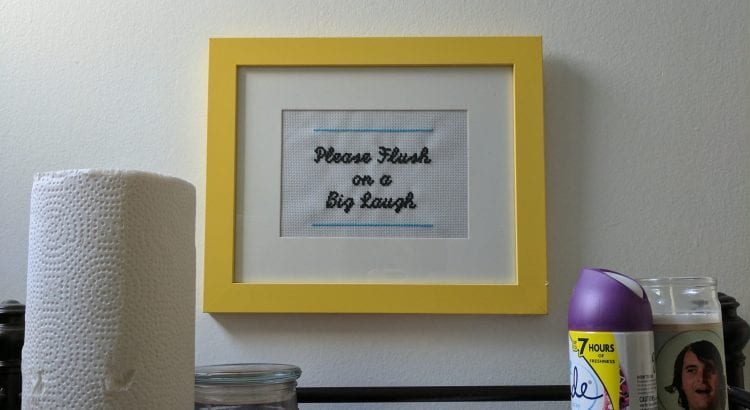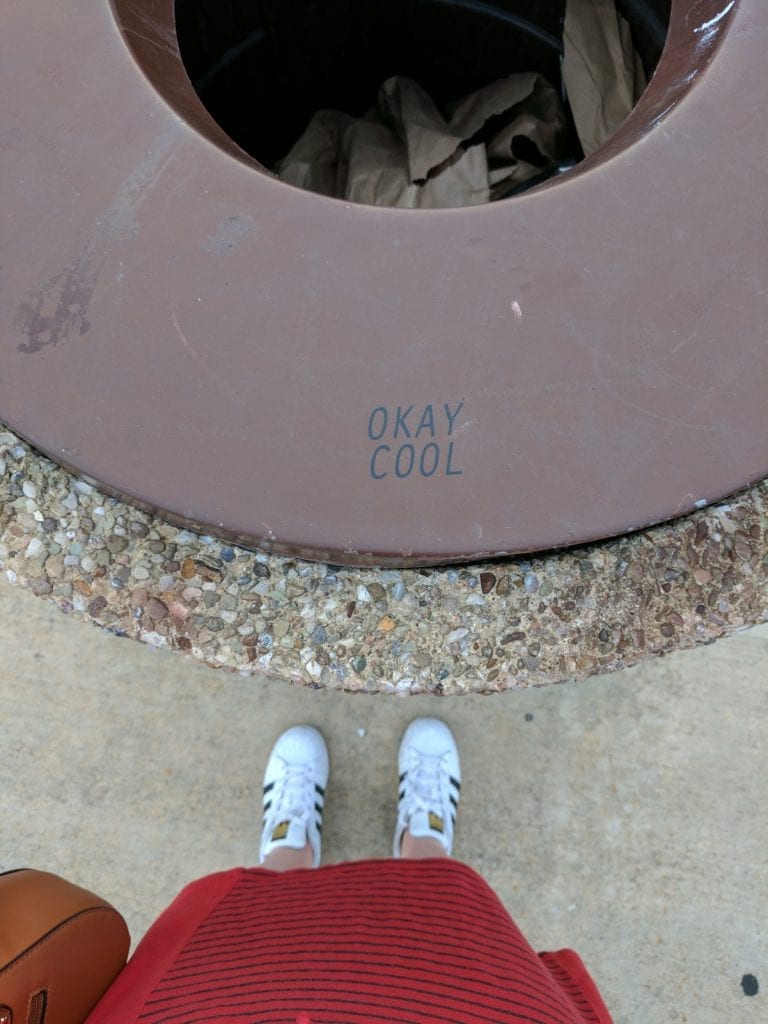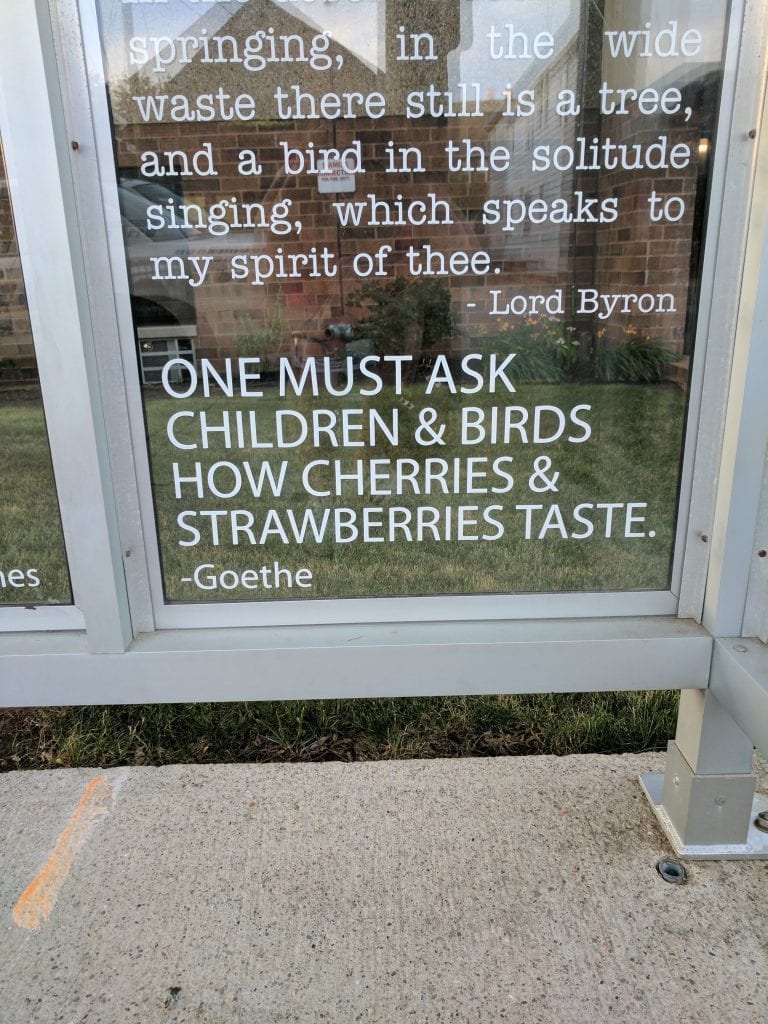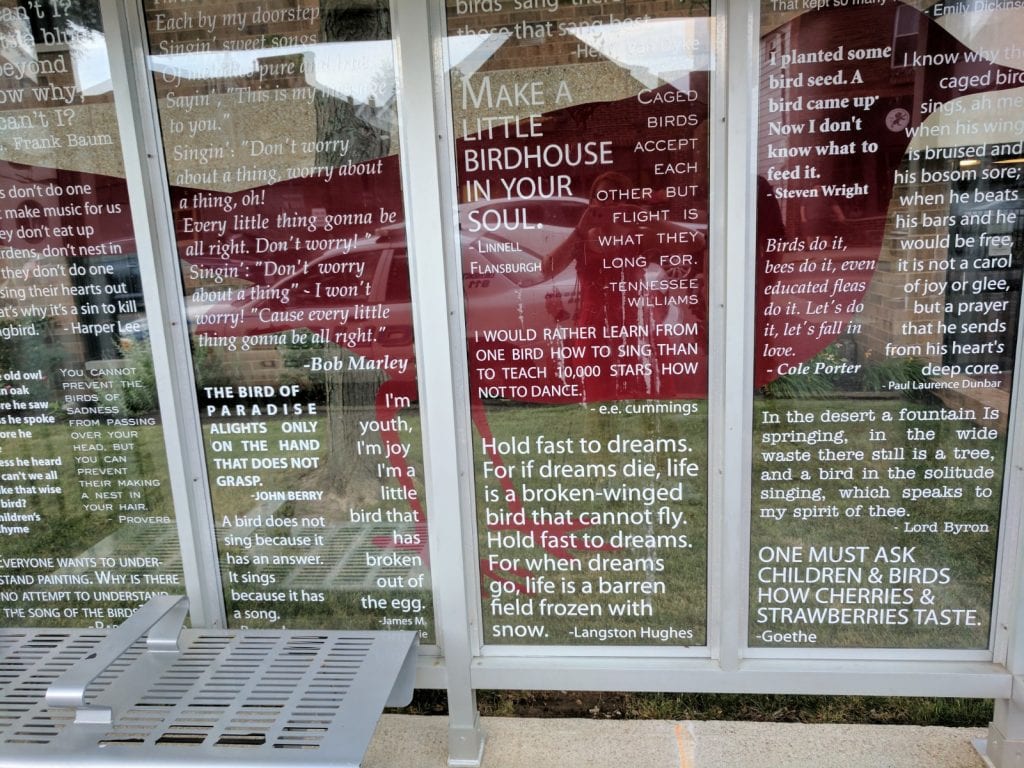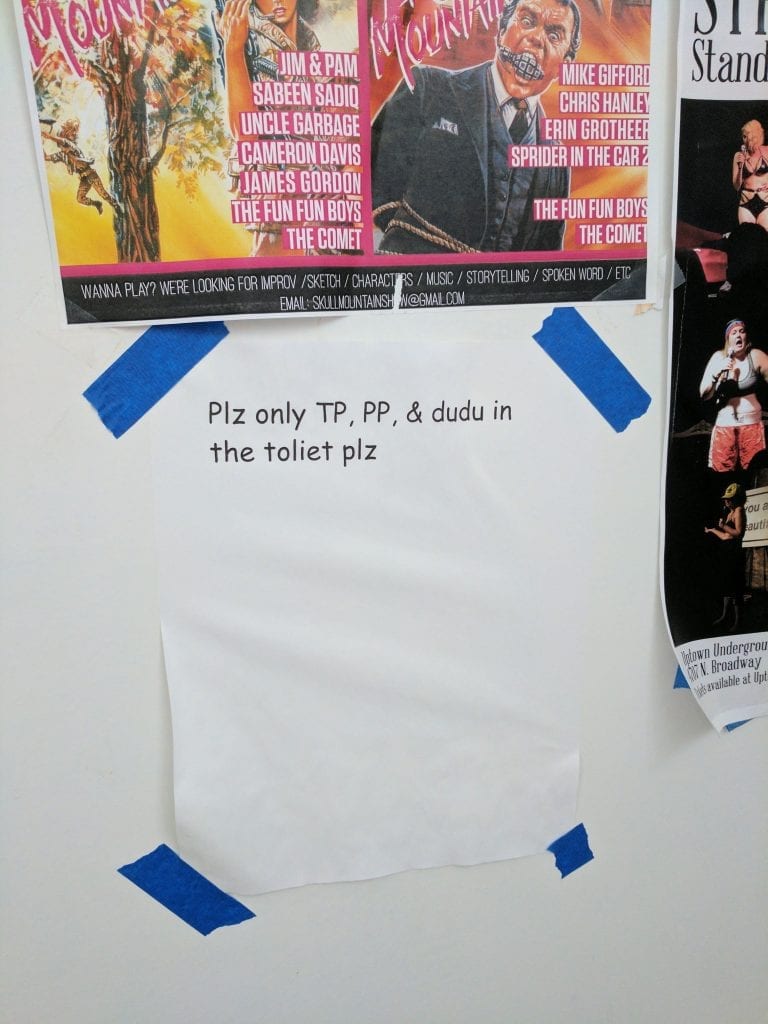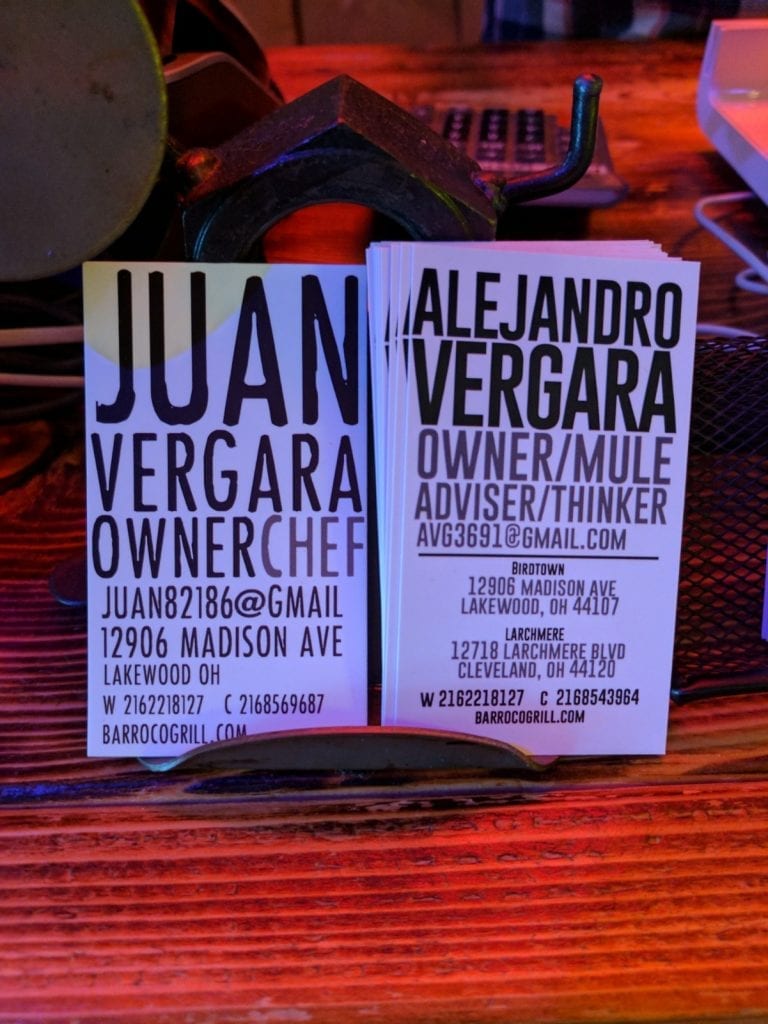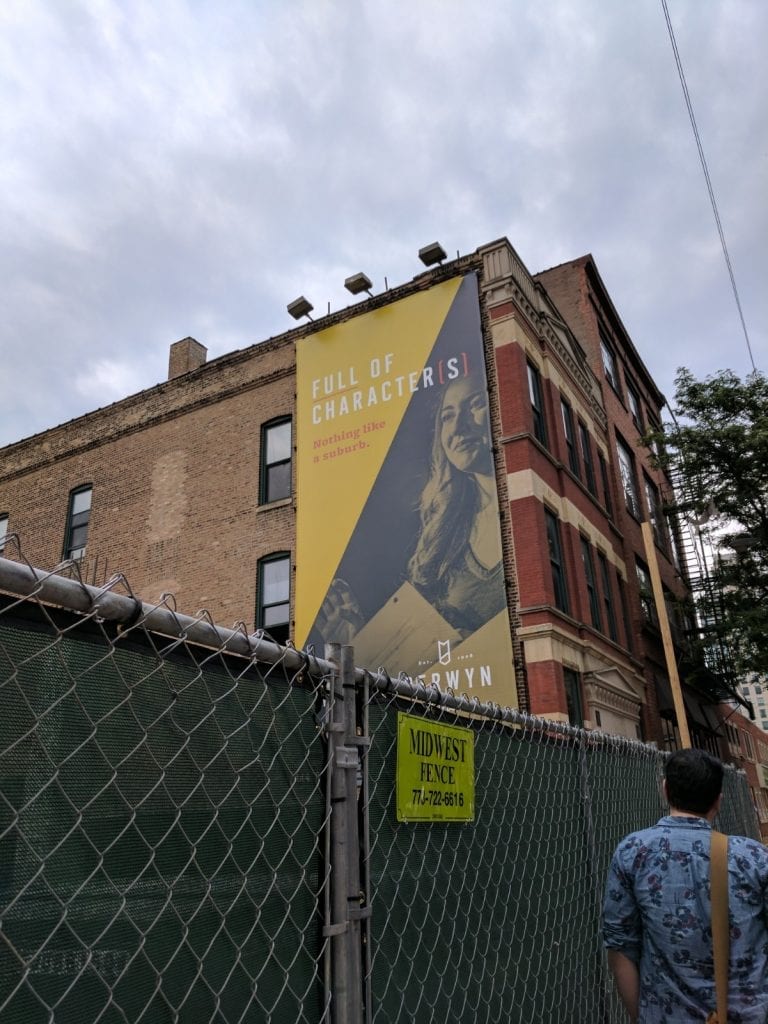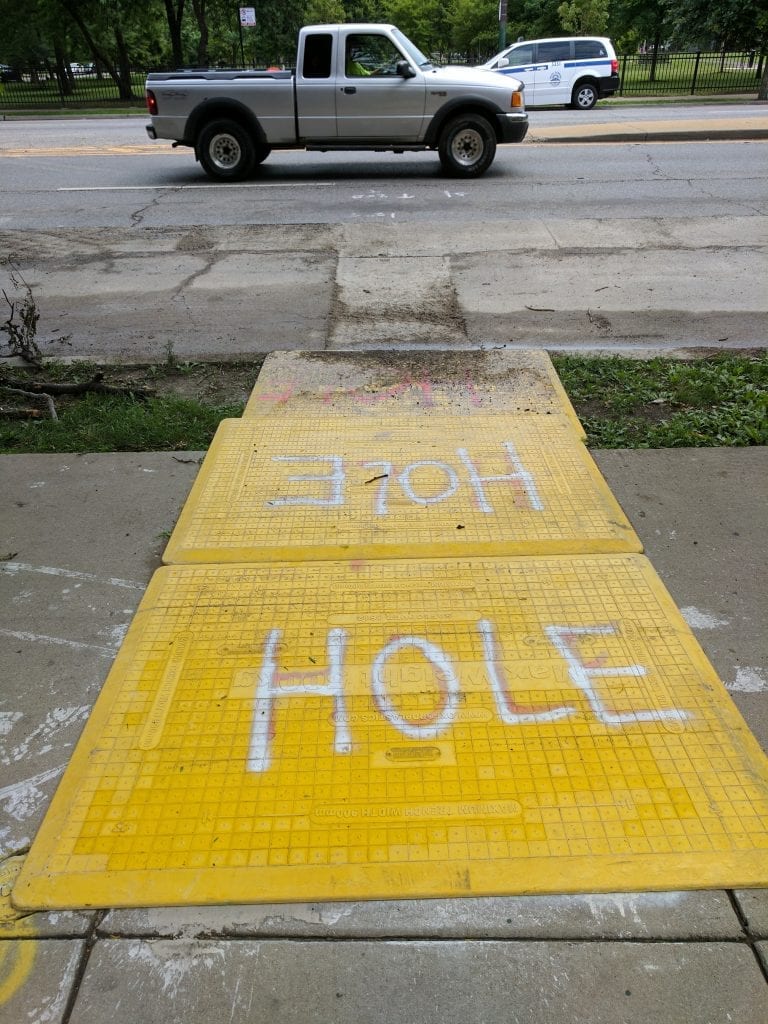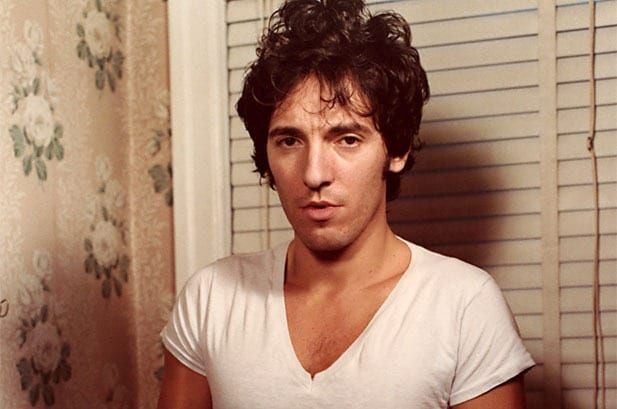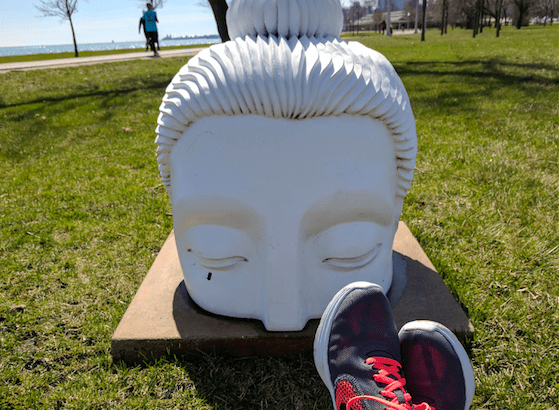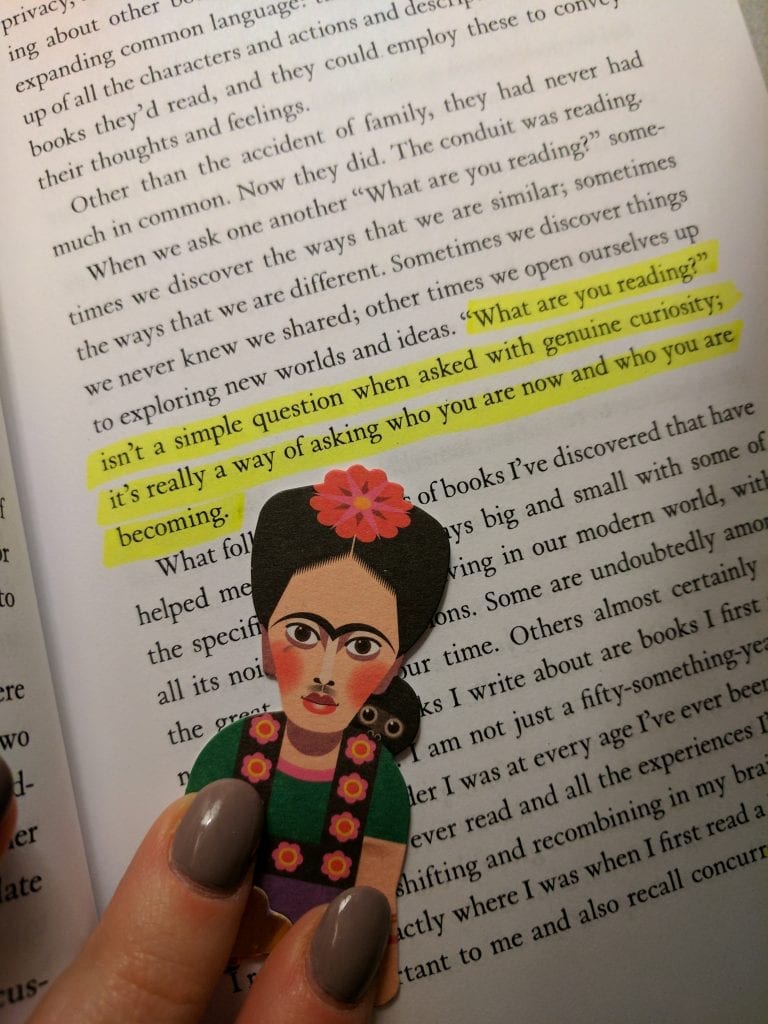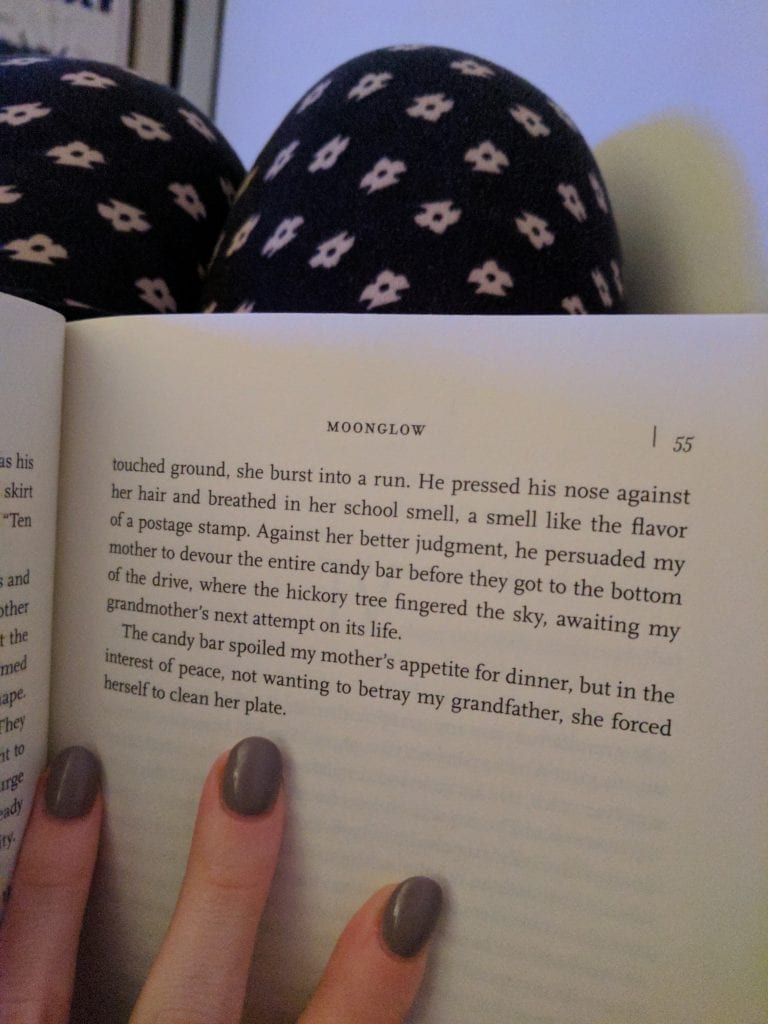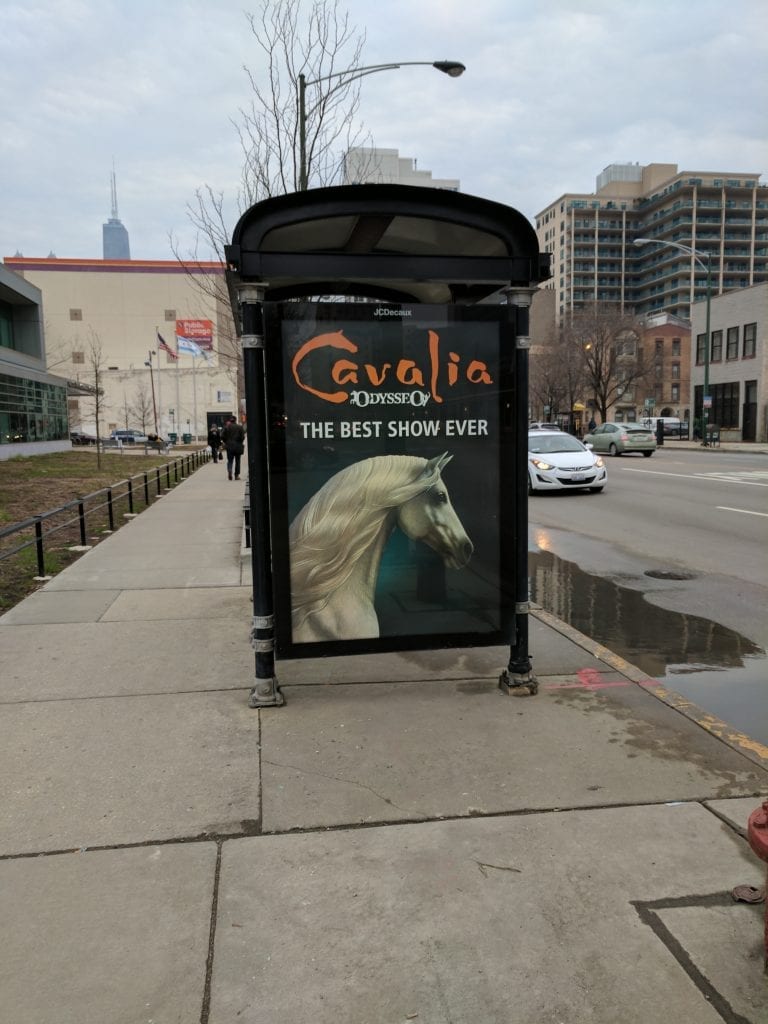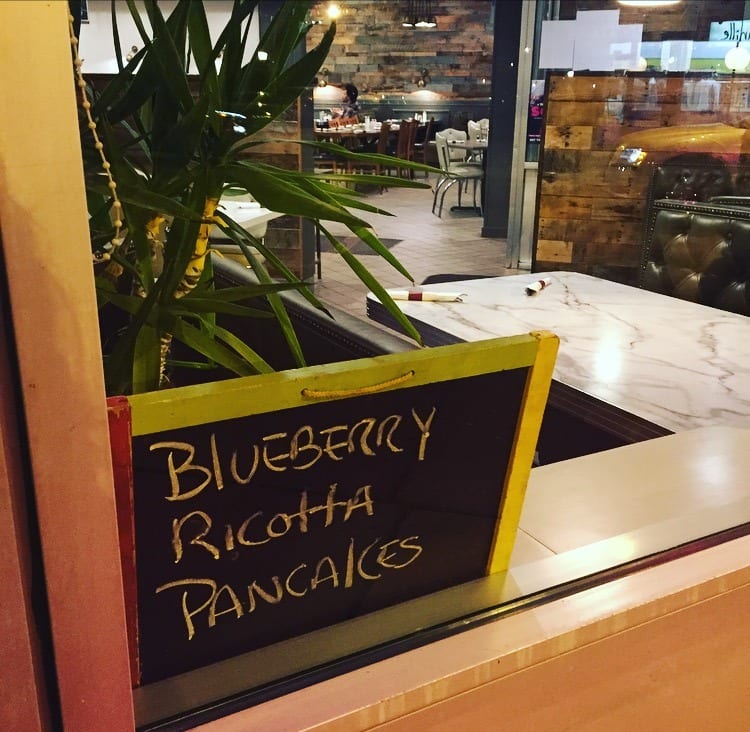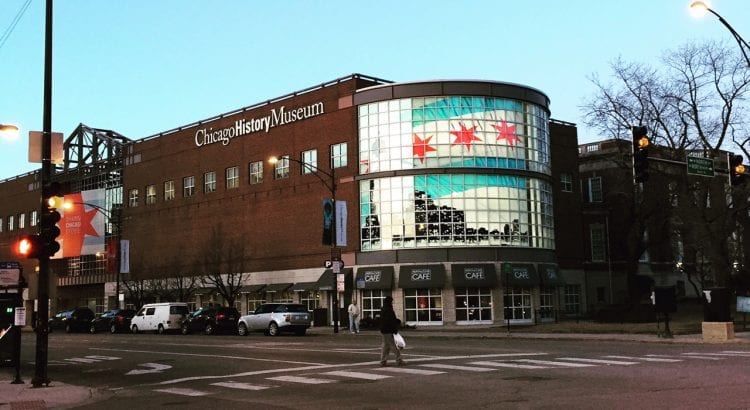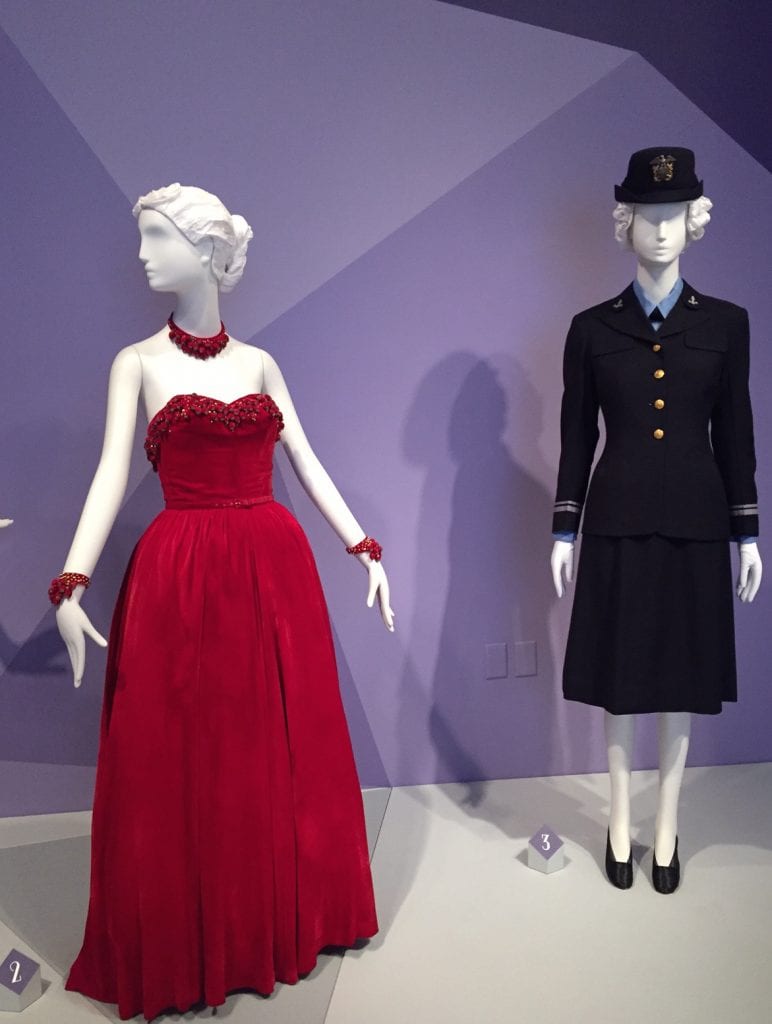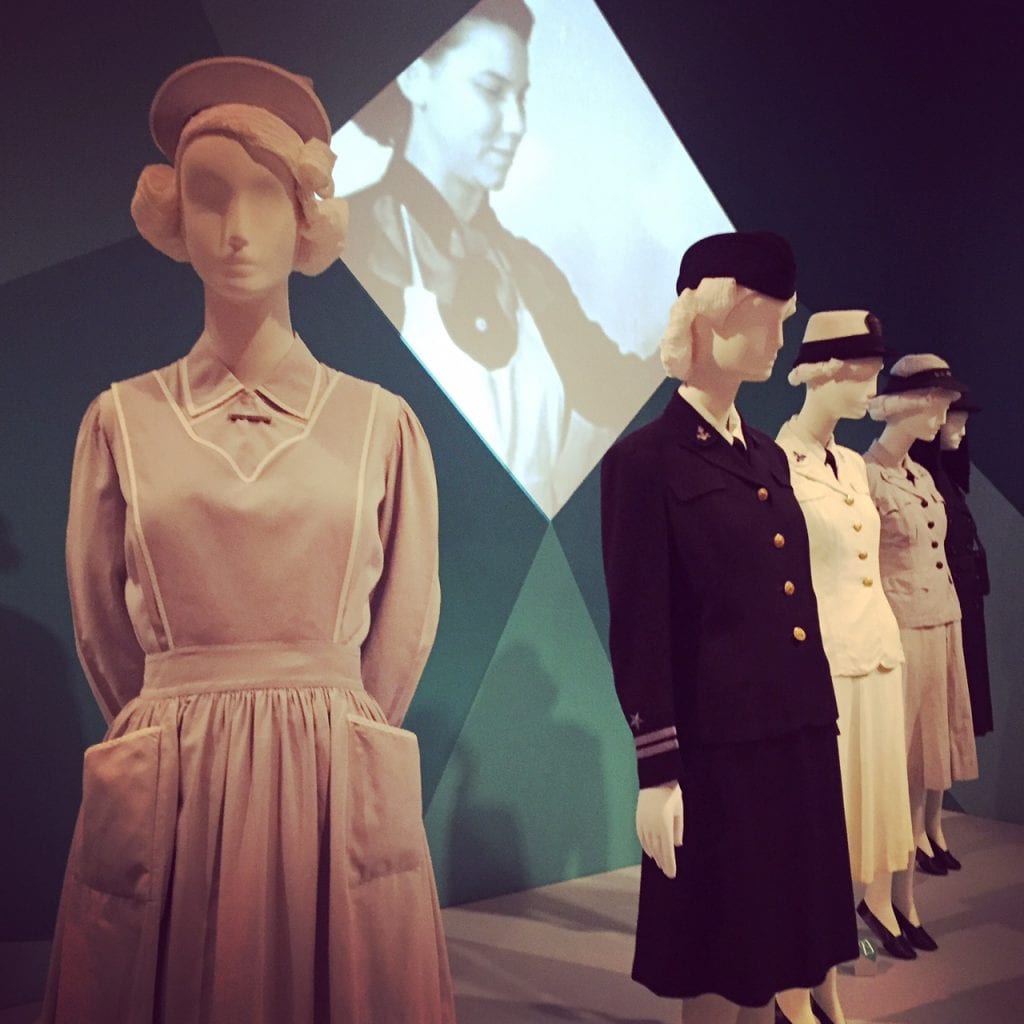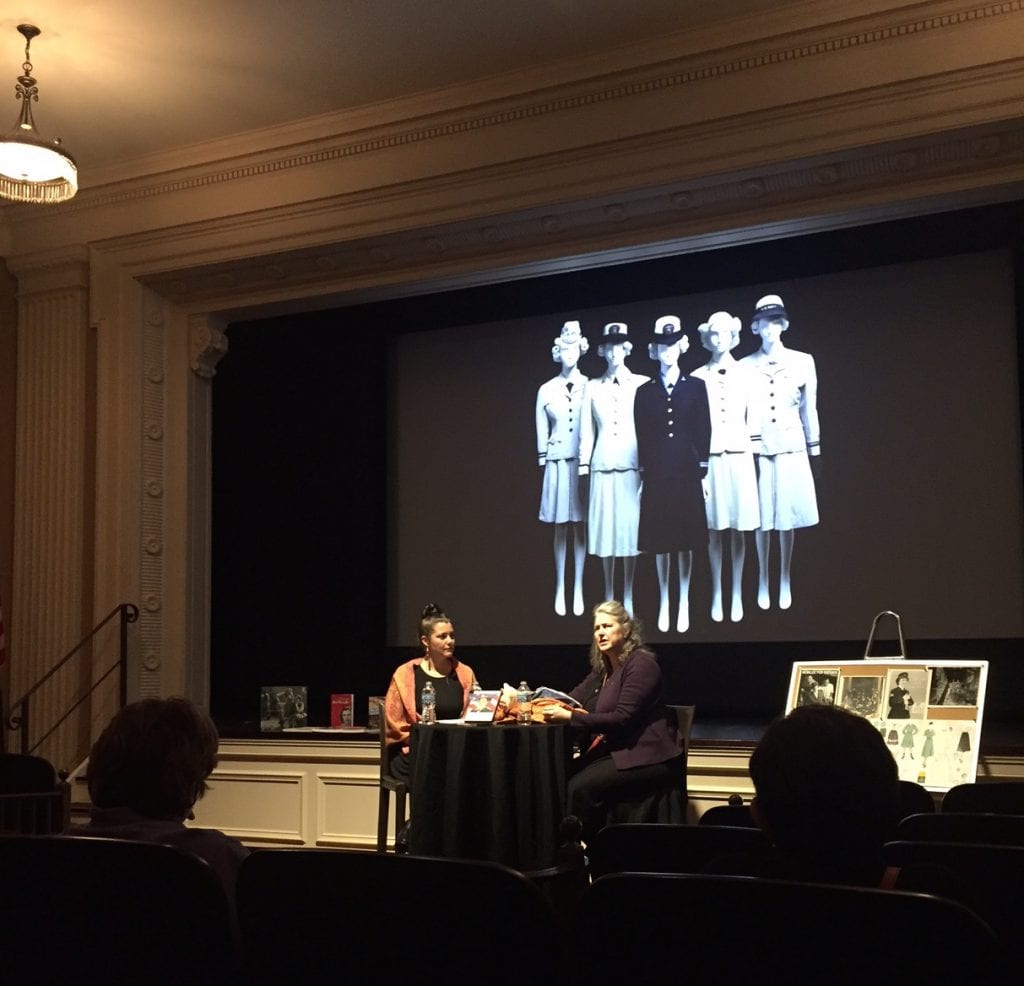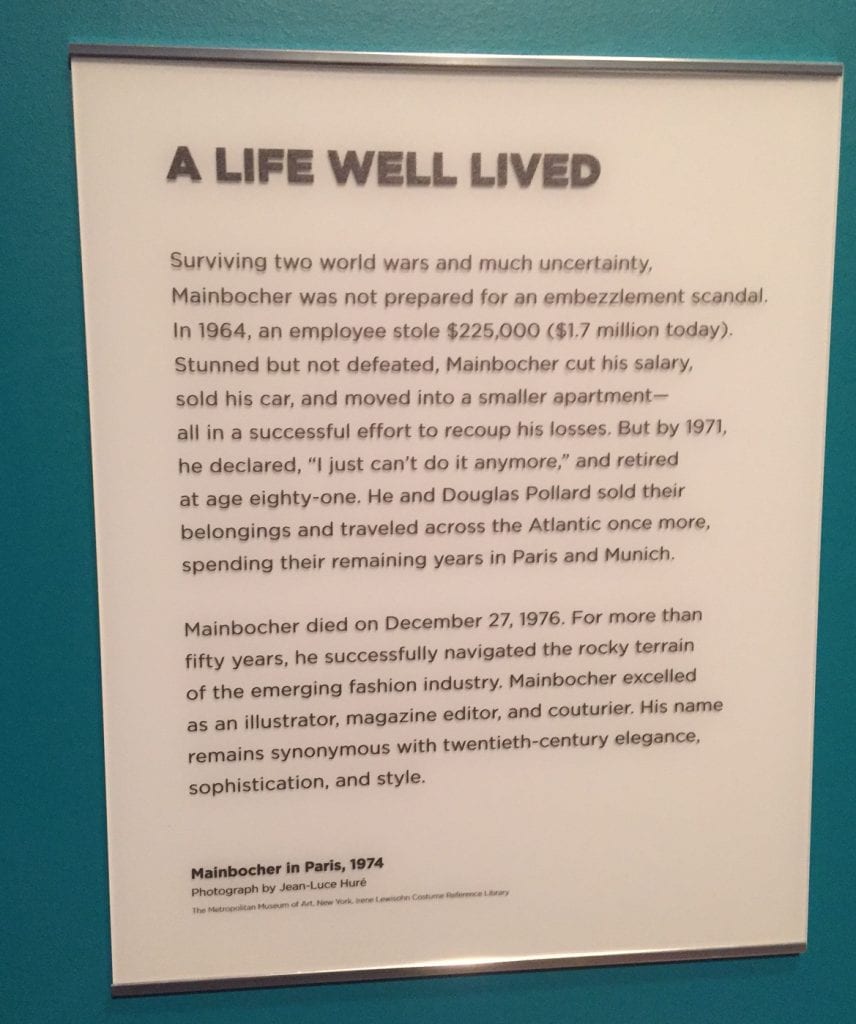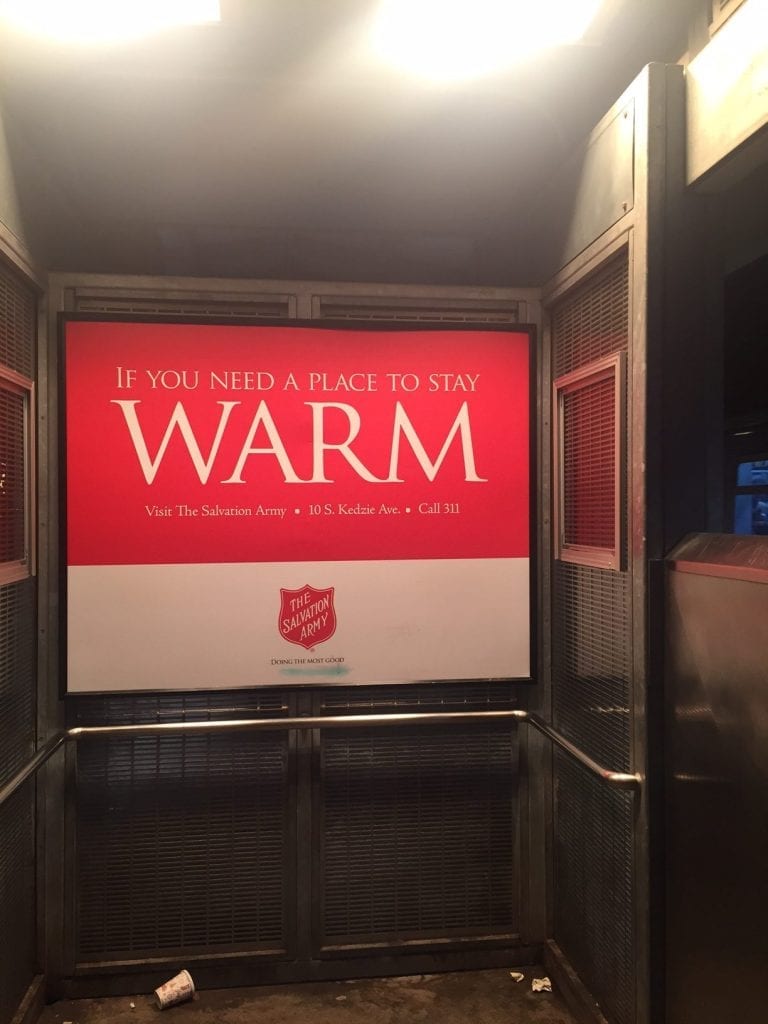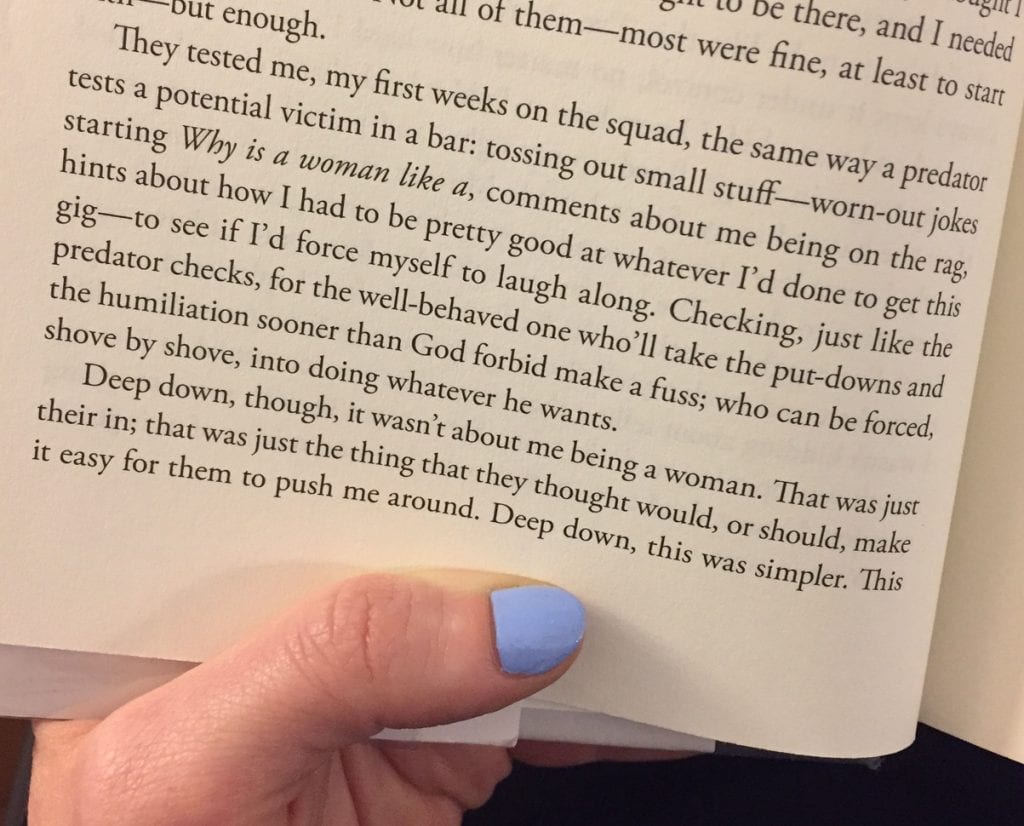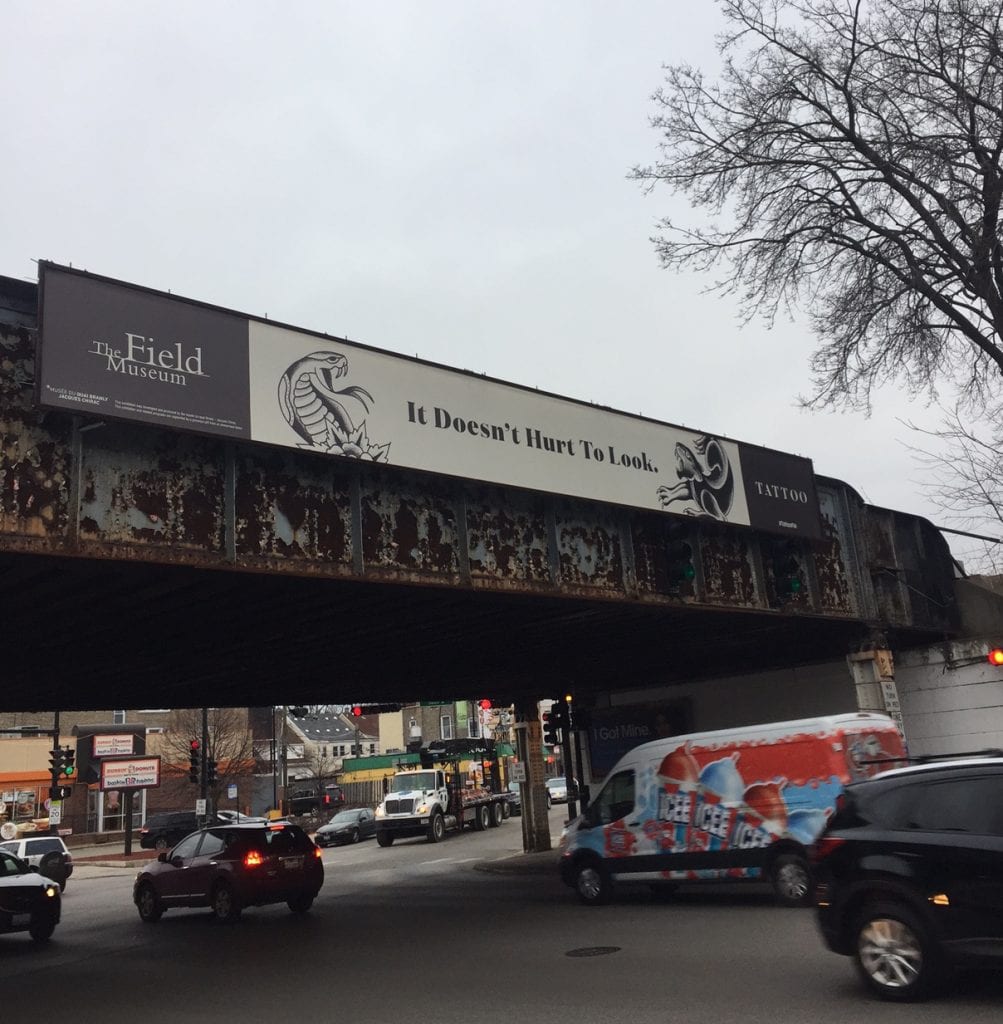I dated a Virginian once. A preacher’s son — the second I’d pursued; a high percentage for only being 20. Something about their balance — of fire and brimstone, innocence and hunger, optimism to believe in eternal life and pessimism to believe in a father sending his children to hell — that attracts me to them.
Like a tick on a fat dog.
He taught me sayings like that. Sometimes. Insecure about his southern upbringing in a liberal Yankee college town, his accent would mysteriously disappear as soon as we hit the Ohio border. Some Yankees made him feel bad about where he came from. Those Yankees were dicks.
I thought about him as I traveled through Pennsylvania into West Virginia this weekend. There’s enough distance between me and the me who dated him, so my thoughts were happy ones. Appreciative ones. How beautiful it would have been to grow up in the mountains, surrounded by a painting, tucked into trees.
He told me once that his first month in flat Ohio took some mental adjusting. It was jarring, startling even, to be so exposed by the topography. In a field of nothingness, horizons on all sides, how do you protect yourself? The mountains were safekeeping. The mountains were walls, the good kind. The mountains made him less afraid.
I agree. I feel better in places that live vertically. Chicago high rises scraping the sky, like a penny on a lotto ticket. Morgantown’s mountains beaming from on high.
Plus, there’s just more to look at. At our rental this weekend, I stood on the balcony one evening when the air smelled cold but felt soft. I looked out toward the skyline high above to see a hymnal of homes dotting the mountaintop. Who lives up there? What do you think they are doing? Dreaming? Lights twinkle spotty on the mountain side, mimicking the blanket of stars they’re so close to being part of.
When you know — when you can trust — that something’s ahead of you, it’s harder to be afraid.
Jimmy Cliff and Johnny Cash. “The boot the roots the radical” and “this time is not exclusive we want to stop a war.”
I’m not afraid of these songs anymore and the memories of him they send me colliding into. Instead I feel a calm. Now they’re just good songs. Songs I love.
A pleasant reminder that after the pain is gone, there’s always the music. The music that saves us.
***
I first heard “Ain’t Afraid” in February 2014, the best way how: live, standing on a floor like quick sand, sticky with beer and tears and who knows what else.
Those Darlins were playing at Rumba Café, a dark music bar that quietly hosted some of Columbus’ best shows. It was a tight squeeze in there, but always worth the liquor that got spilled on you by a neighbor shoulder-side because you could get so close to the performers. So close that you could see their goosebumps. And at Rumba, you’d always find performers who gave themselves goosebumps. Because they so believed in what they were up there doing.
“Ain’t Afraid” was a song I needed to hear that night. Their lead singer Jessi was a girl I needed to see.
I was heartsick. Justin had recently dumped me and moved two states away. I hadn’t grieved anything from the boy above or the one after that or Justin and was nursing a need to always be nursing a bottle. That winter was one where I was mentally preparing myself for a spring where I knew some things would need to change inside me. I just wasn’t ready yet. I was afraid.
But Jessi wasn’t.
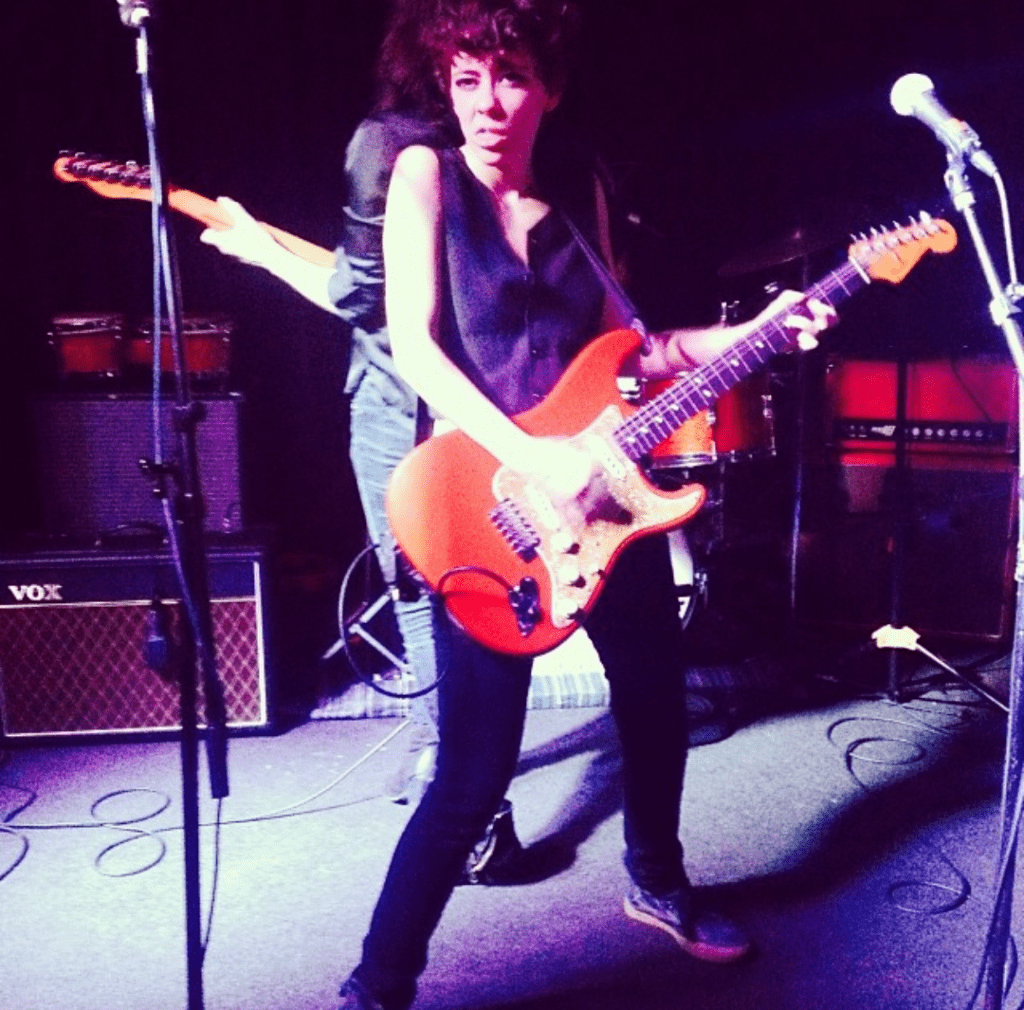
At least not on stage. I was immediately drawn to her slink. Cool rock star prowl with pussy power. Then she sang and I was officially hers. She growled with a achy rawness that had dirt on its hem. The kind that can only come from living something real.
Turns out it was so real. Too real. She died from cervical cancer last week. She was only 28 years old.
After seeing her that night, “Ain’t Afraid” became my secret anthem for a little while. I loved that she croaked out the “I” and not one of the other words. It made me feel her fear of and power in herself, both coming from the same source of power, both with a chance to win until she chose strength. Behind that long, multi-noted “iiiiii” were many long, lonely nights figuring out who that “I” was — because survival wasn’t possible without it.
I needed to face those nights. And I did. I grew out of the song by spring—probably to a more confident anthem, something that dug in its tires less and mostly just cheered me on. My cuts were scarring over and I couldn’t connect with the pain in that chorus anymore, didn’t need it’s brute resolve.
But that line. That line! “I ain’t afraid anymore” still pops into my head sometimes. “Keep going,” it says. “This is your fucking life,” it says. “You choose.”
That’s a piece of Jessi’s voice in me, joined by a choir of the singers and songwriters who have all budged me a step forward. I could only dream of making something so meaningful in 28 years.
I wish I could tell her thank you for the song, for that voice, for being fearlessly, unfuckably herself.
